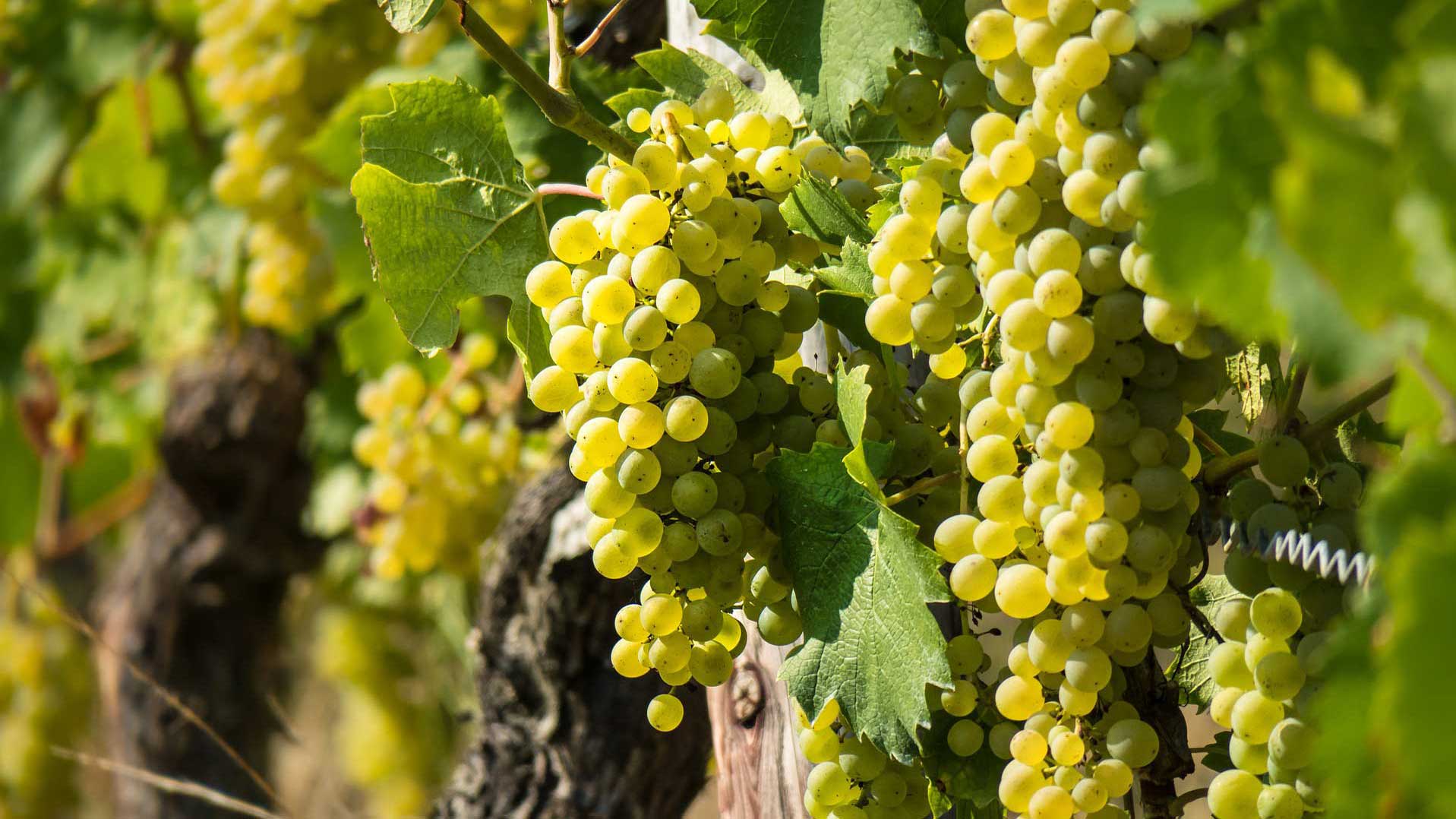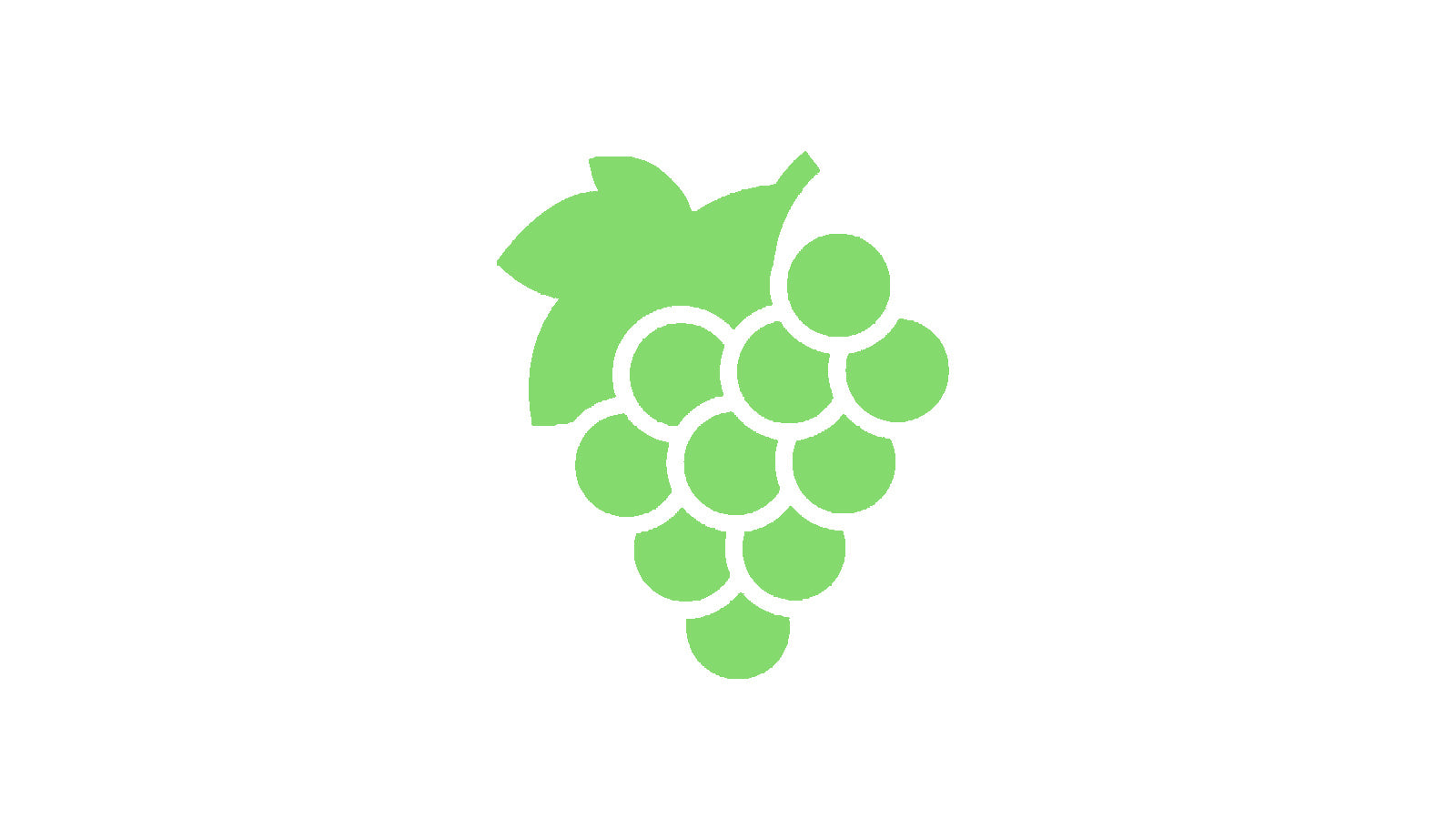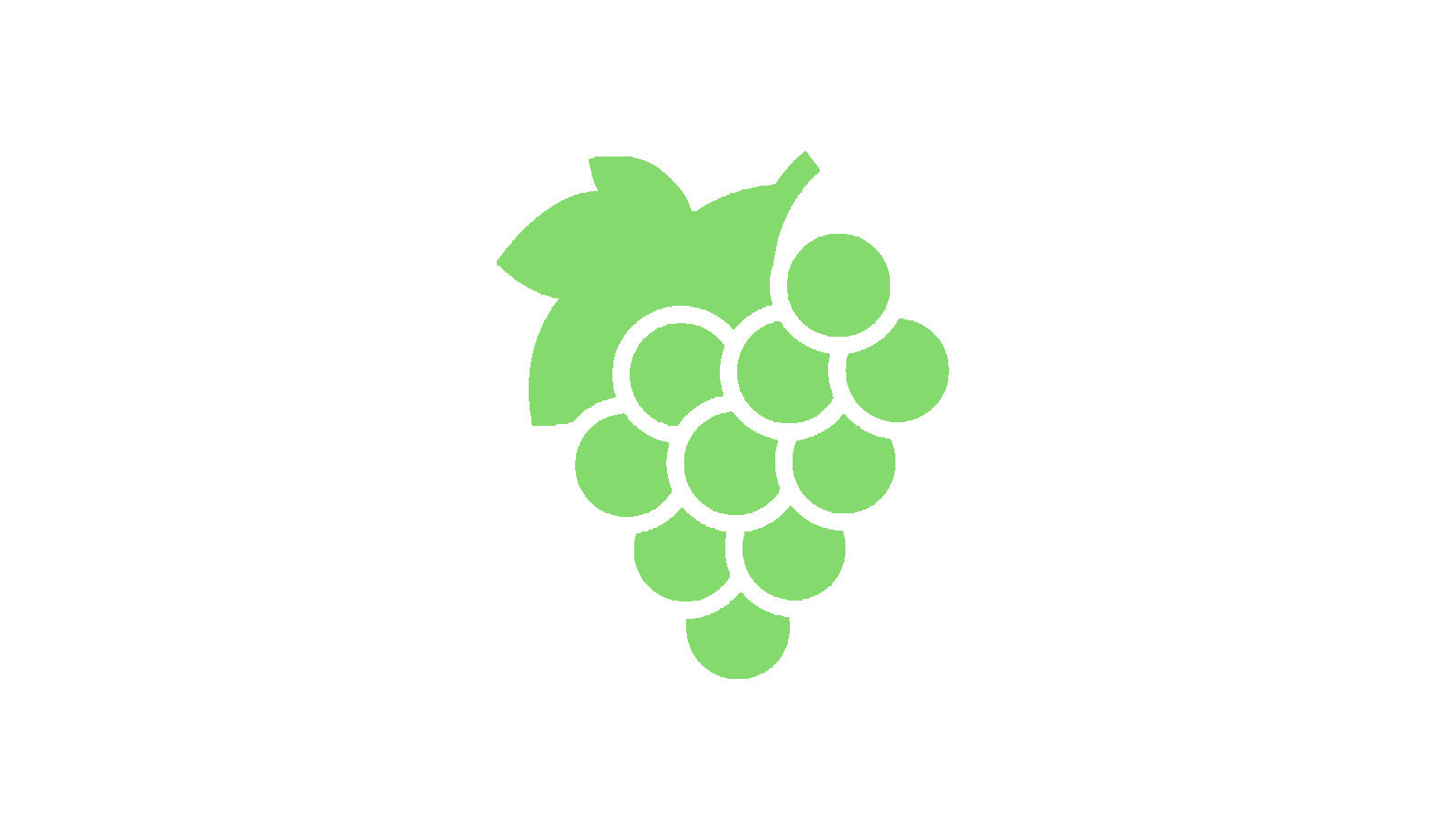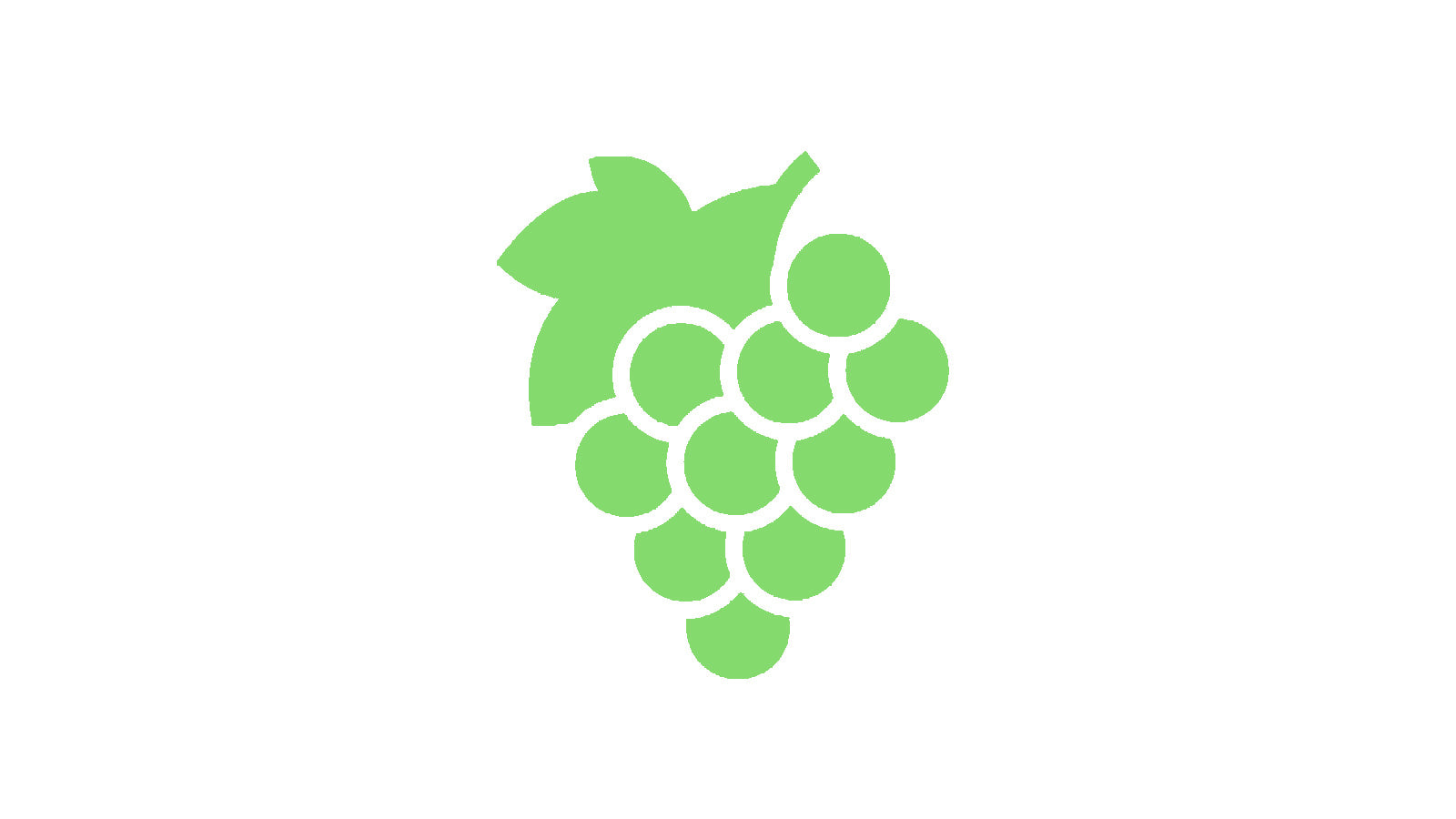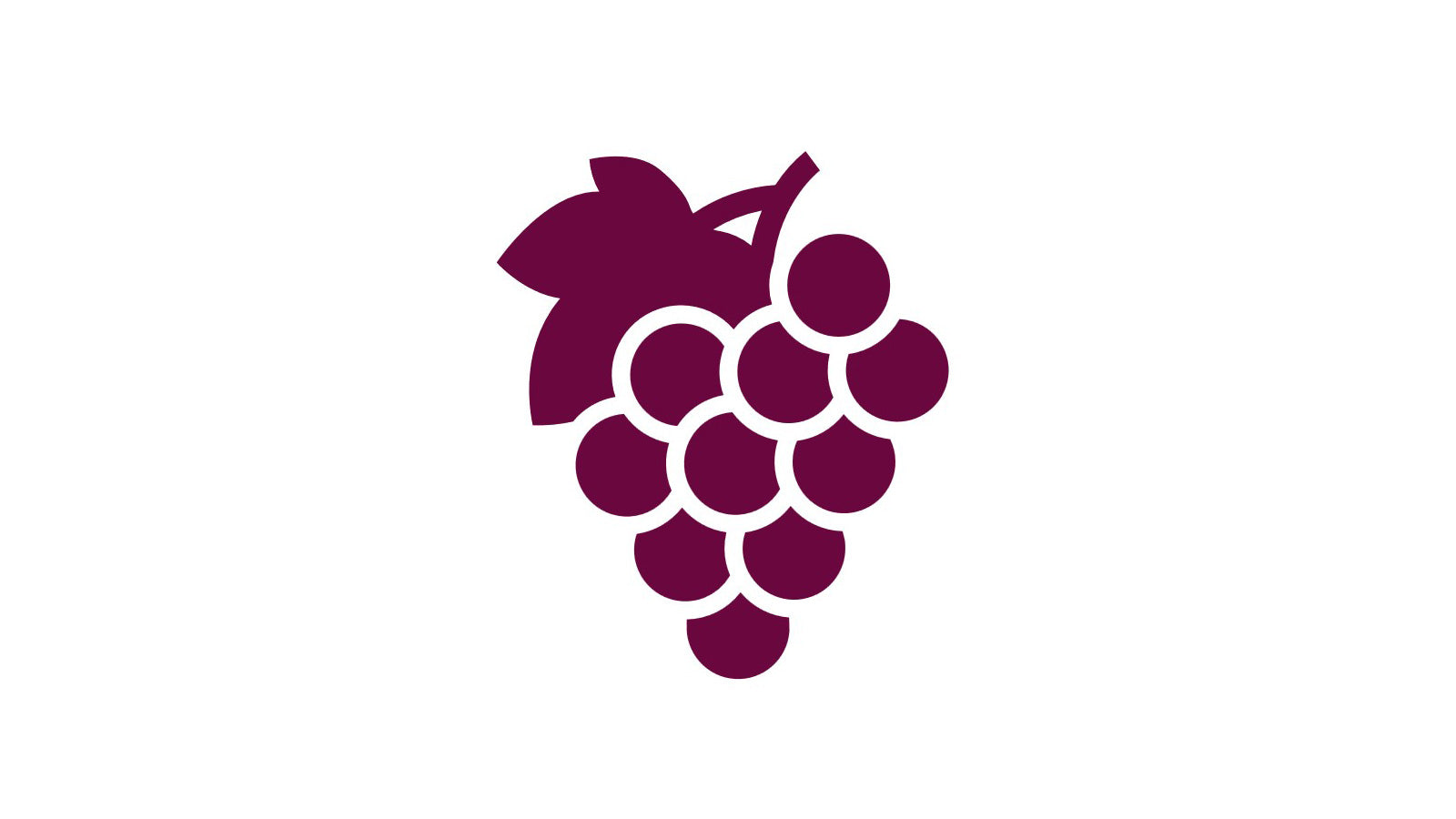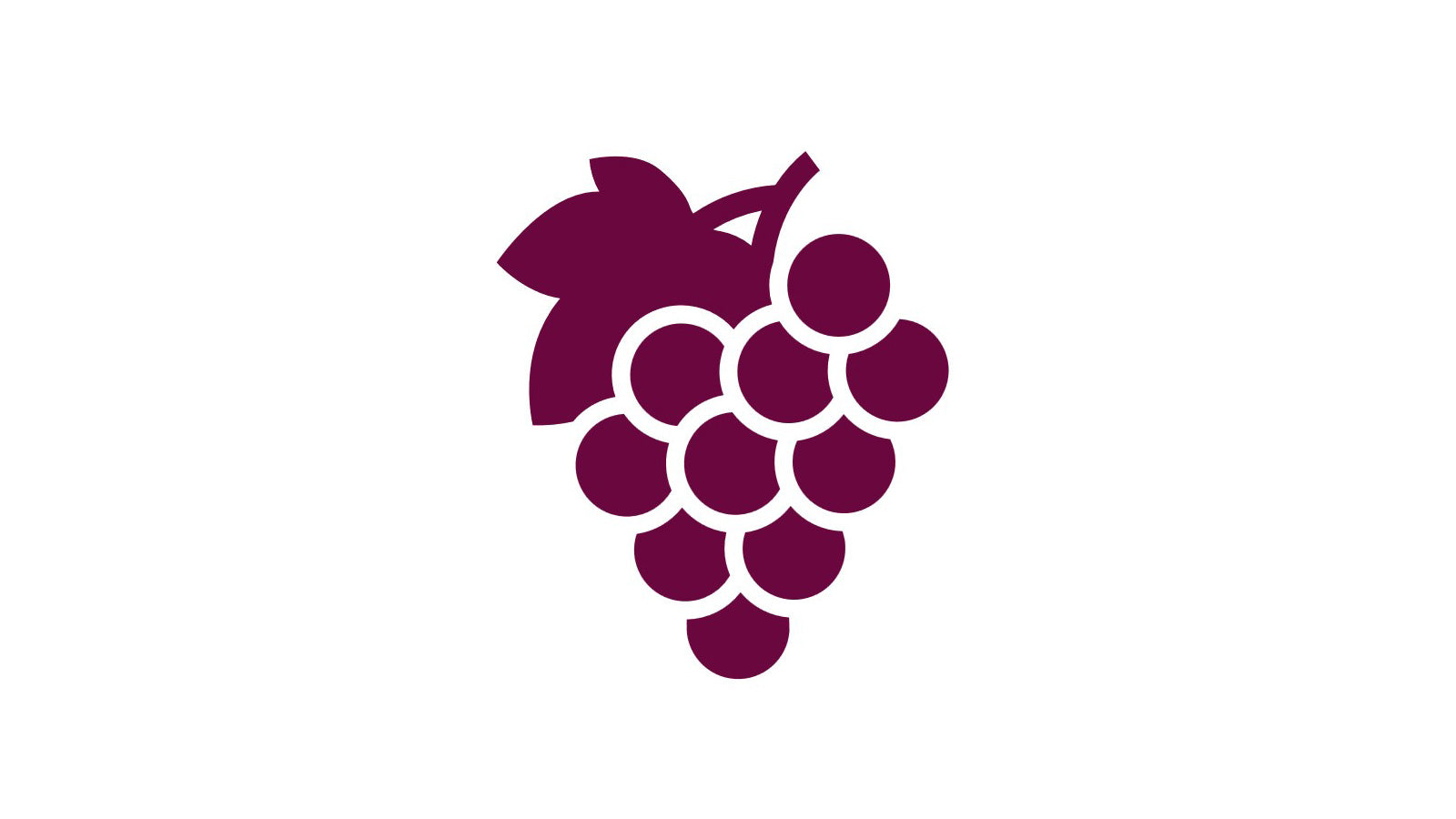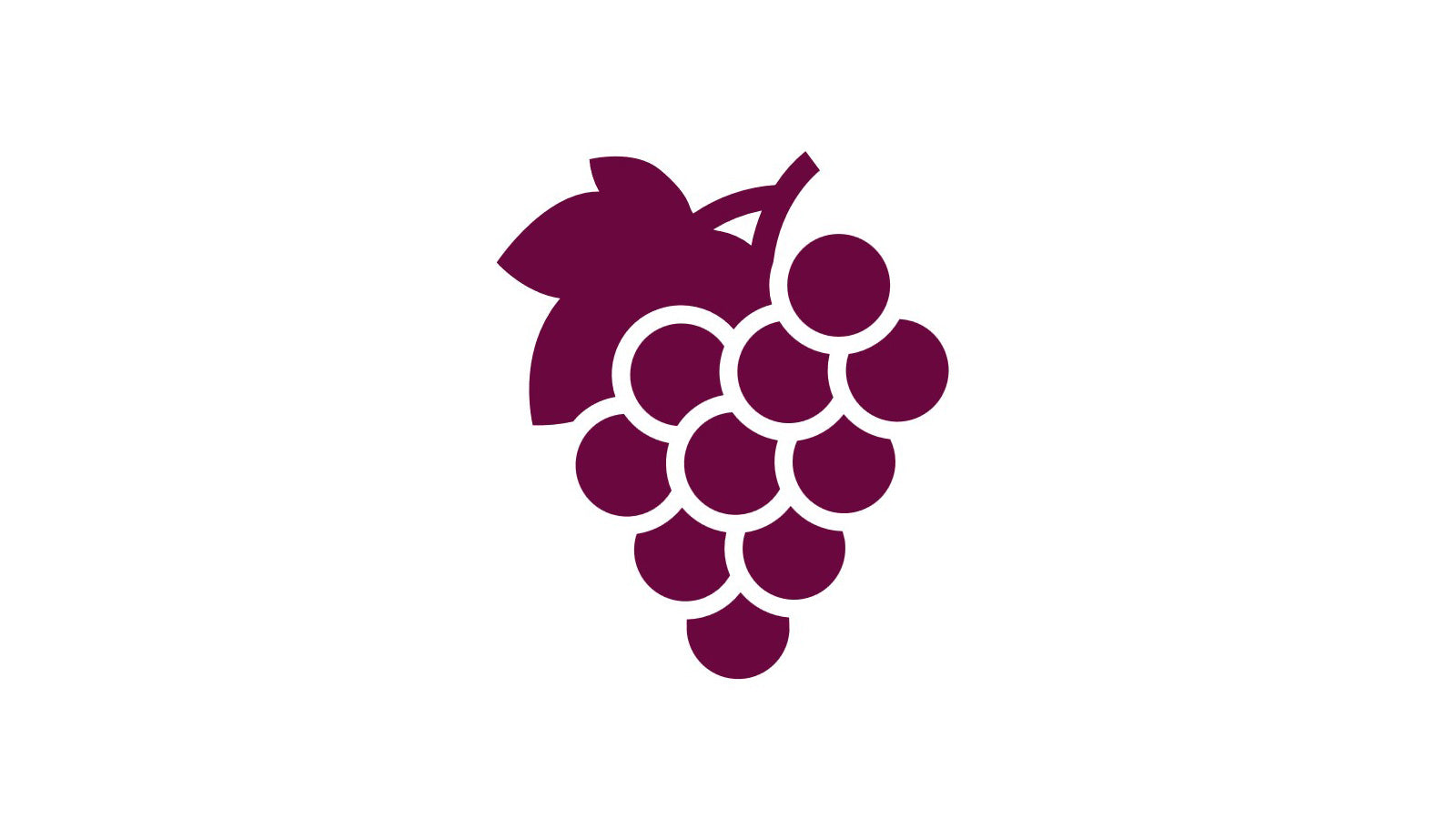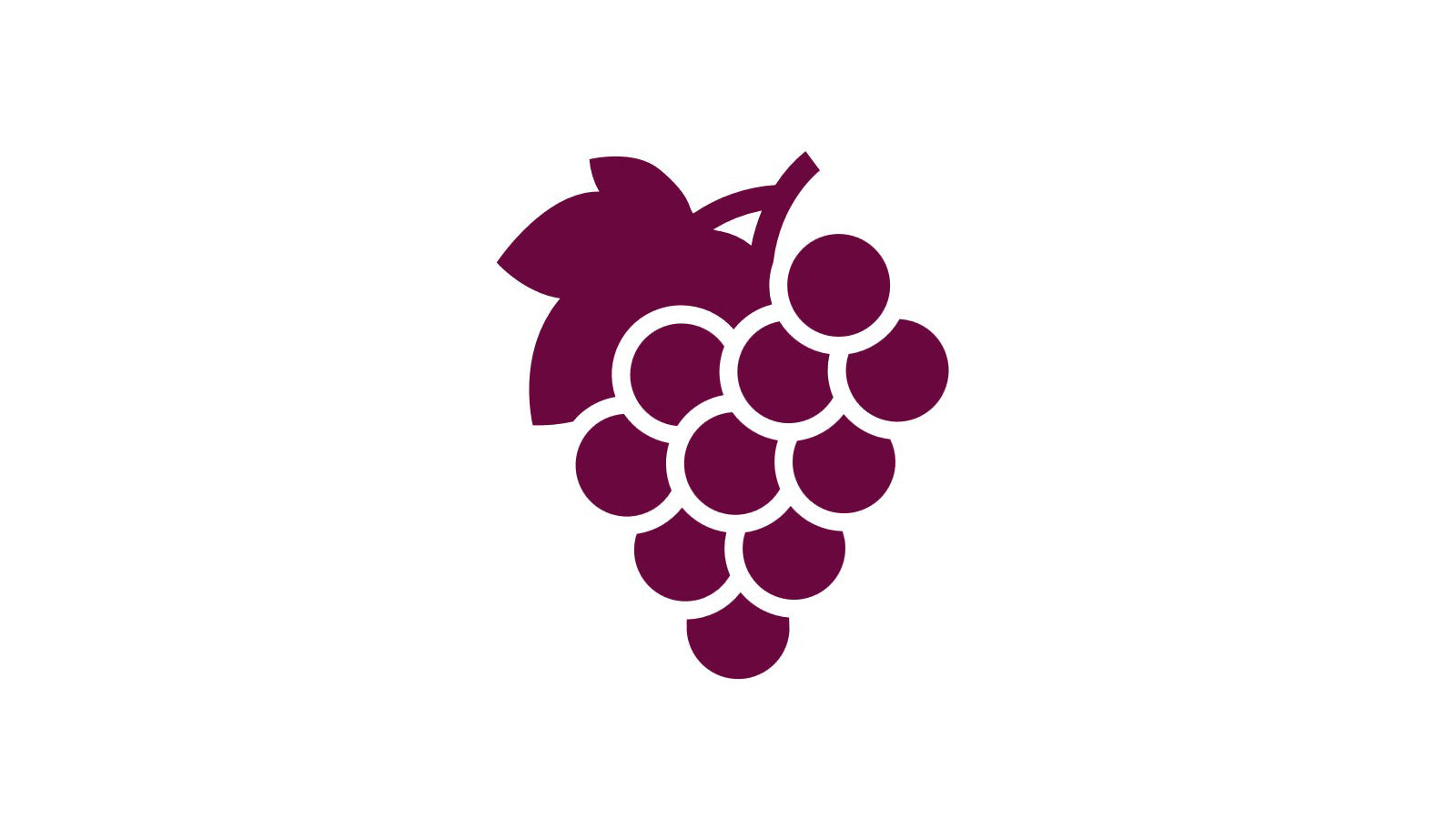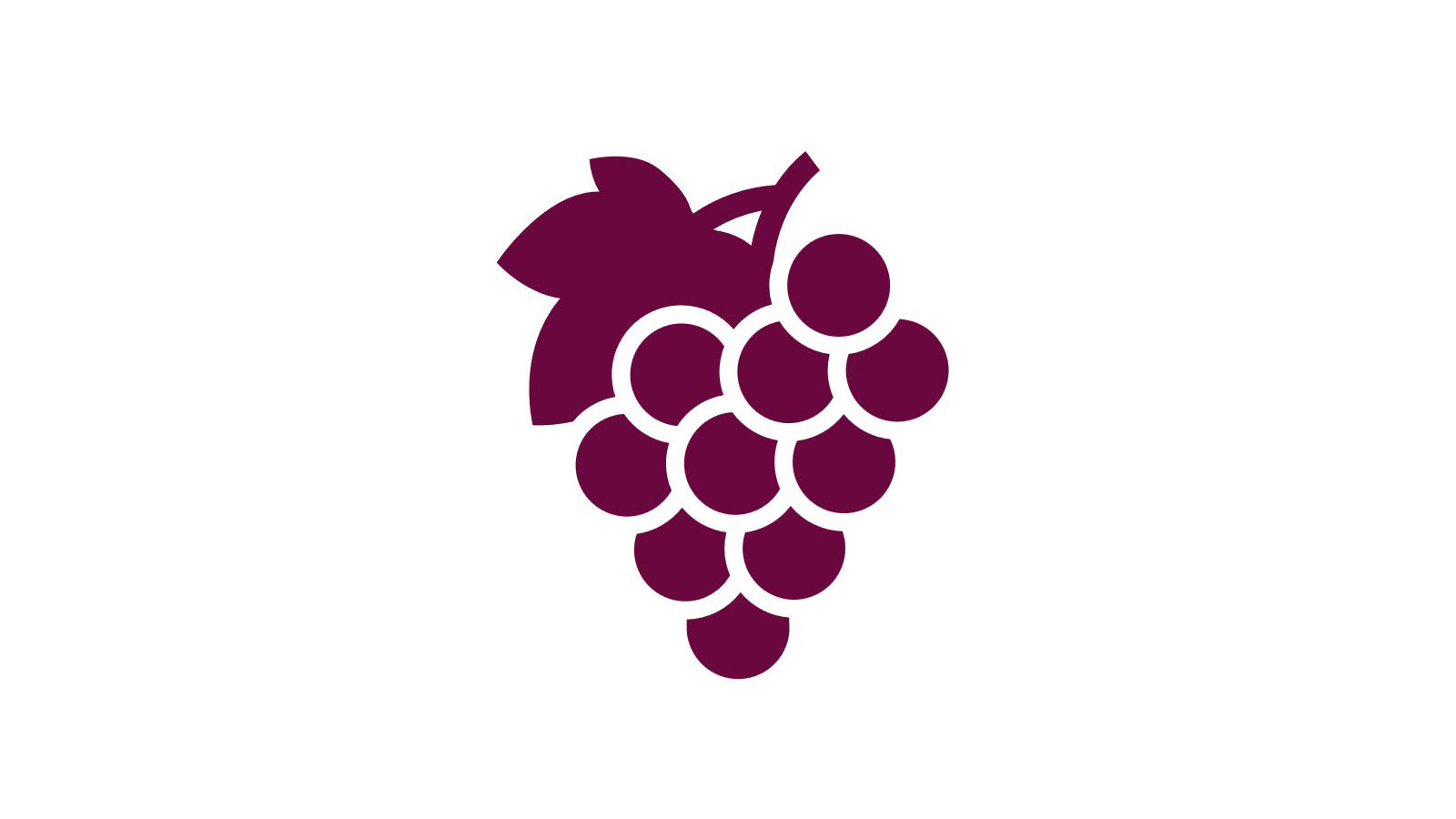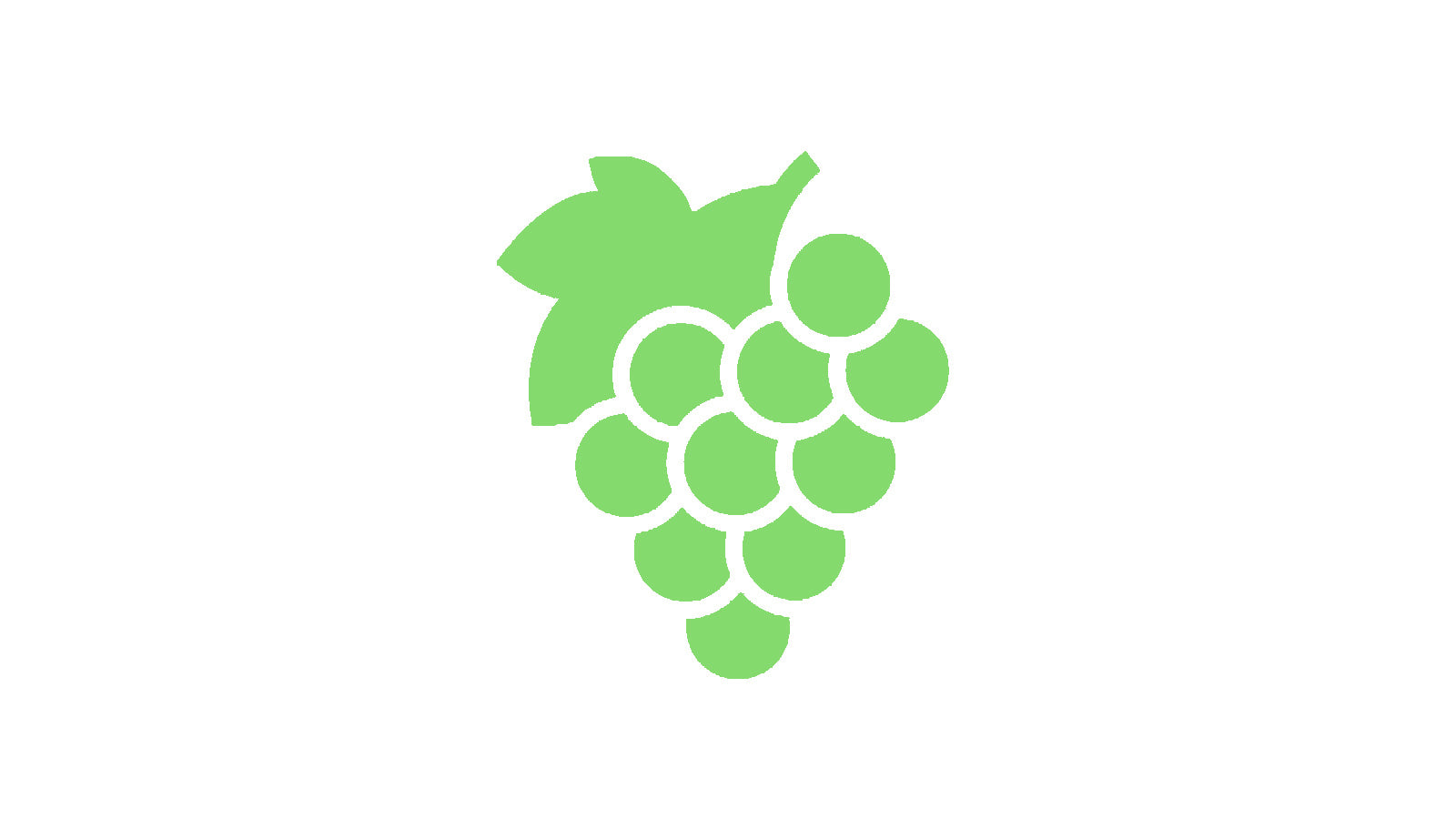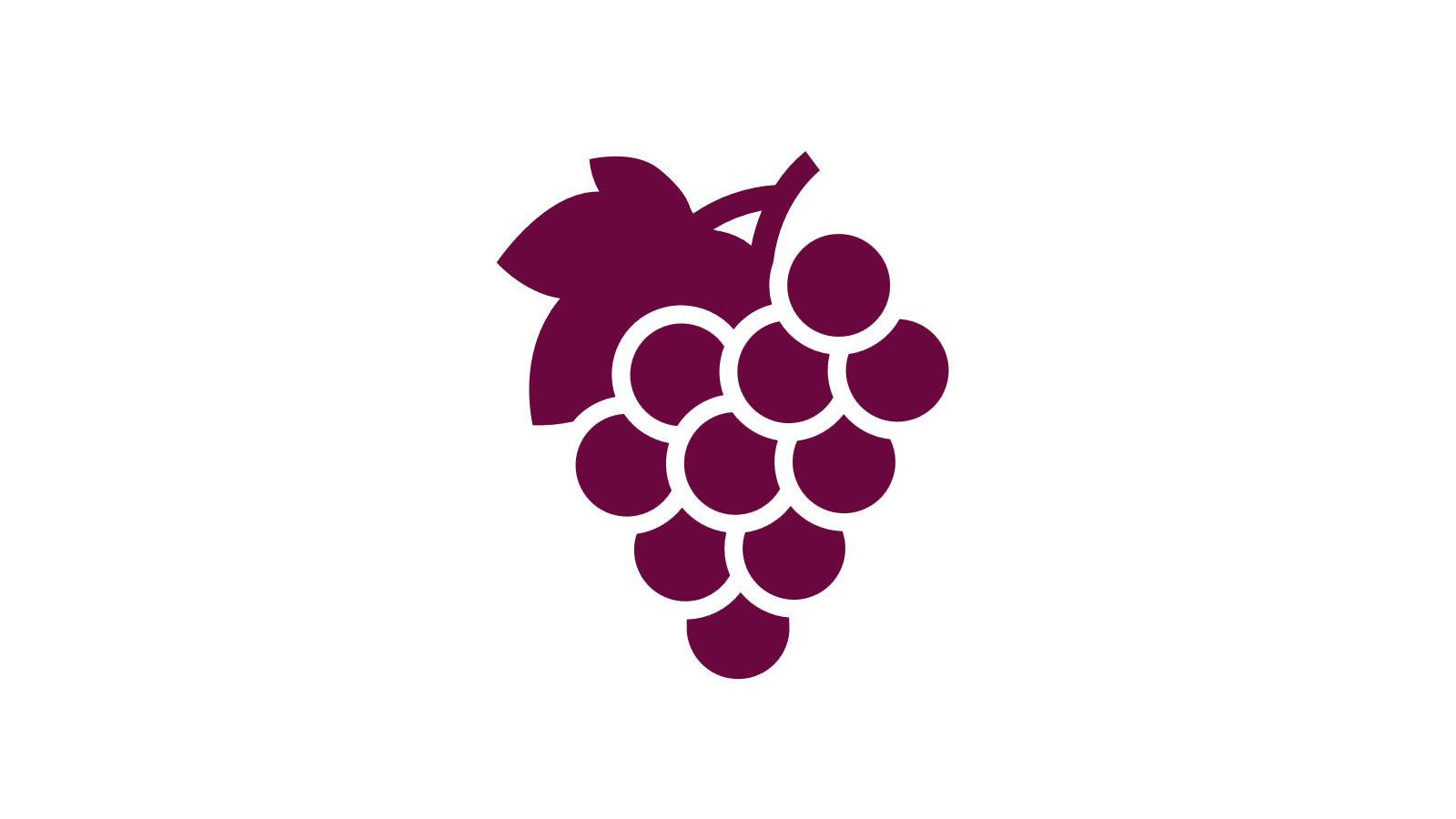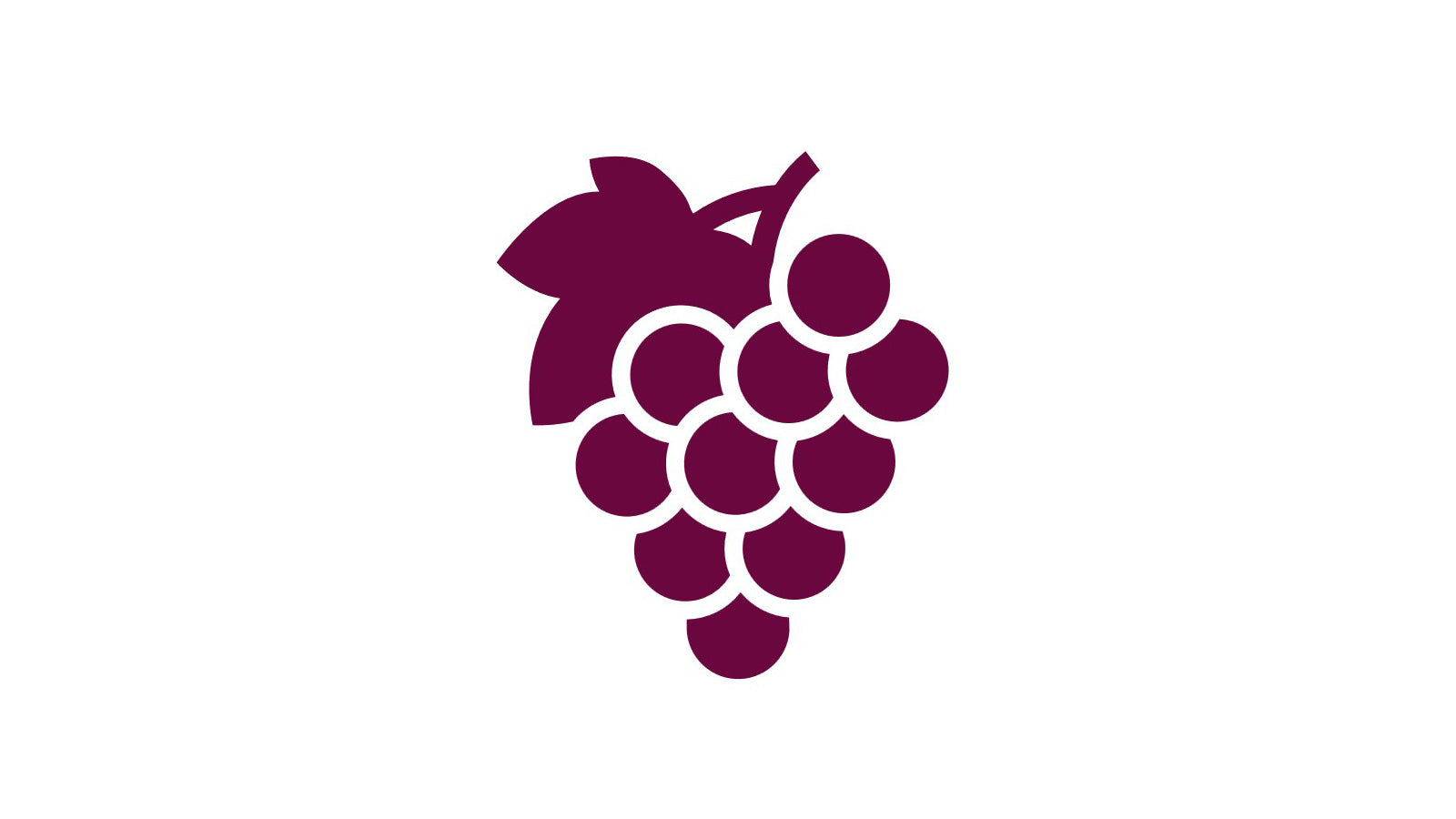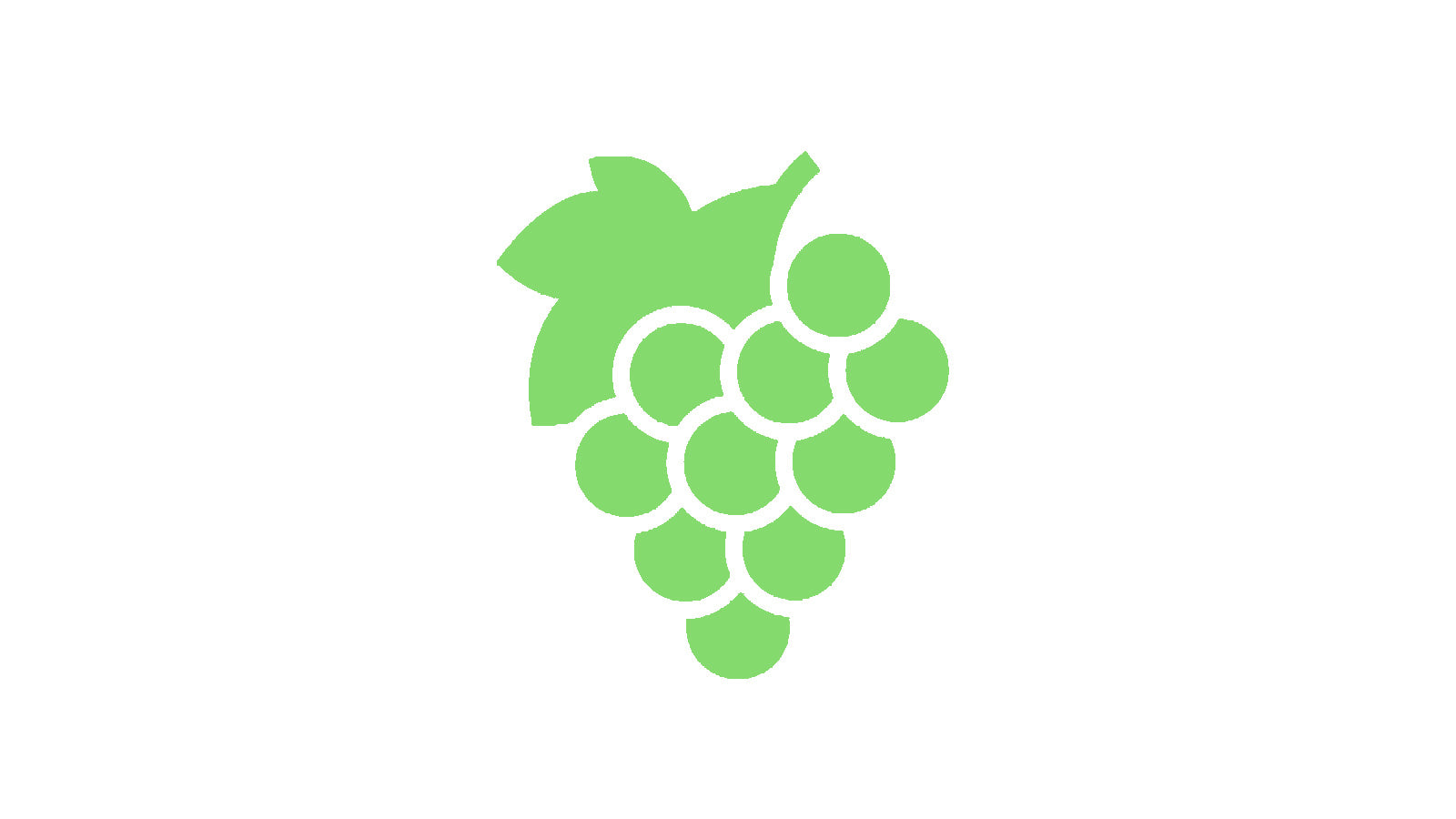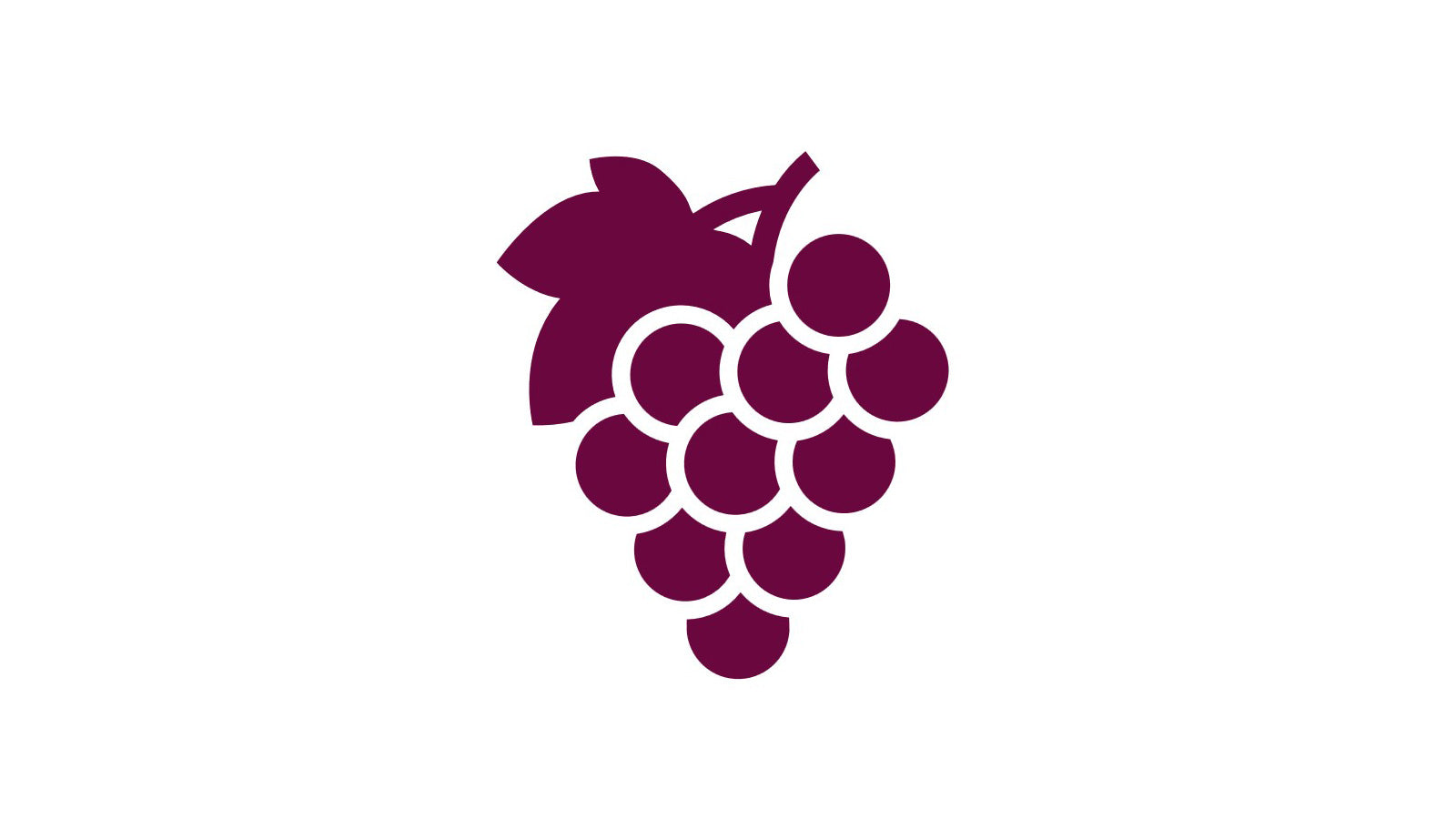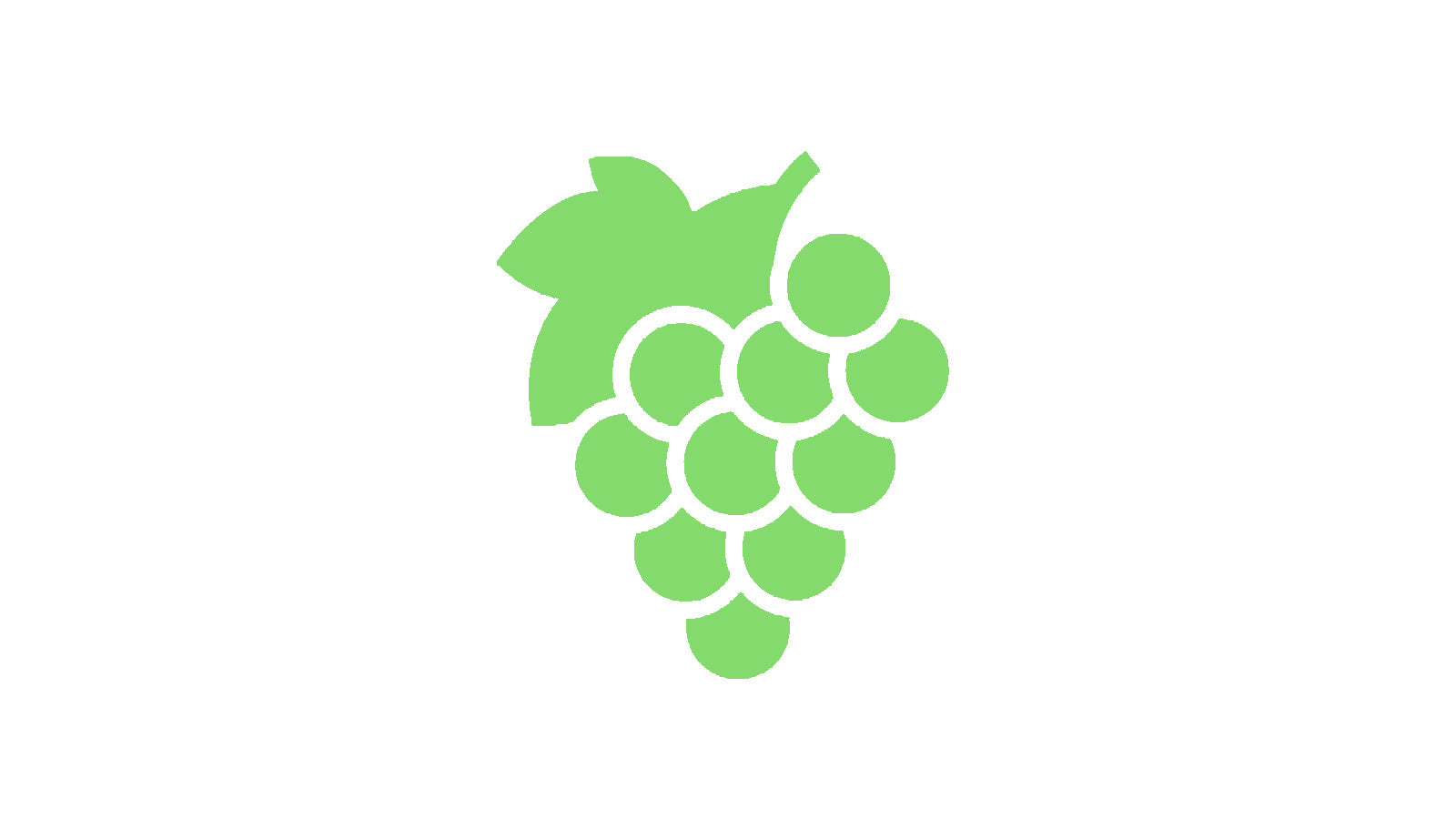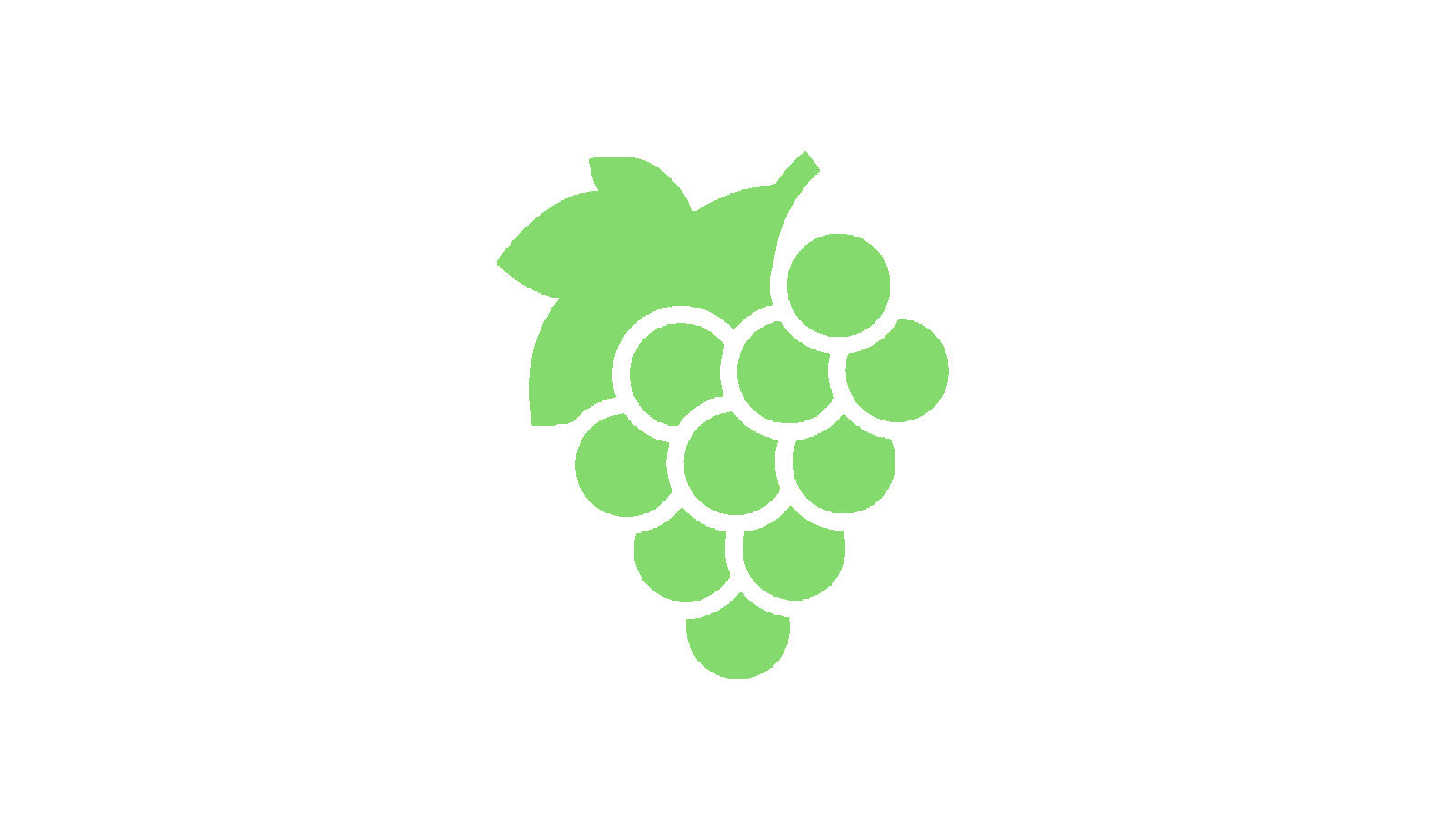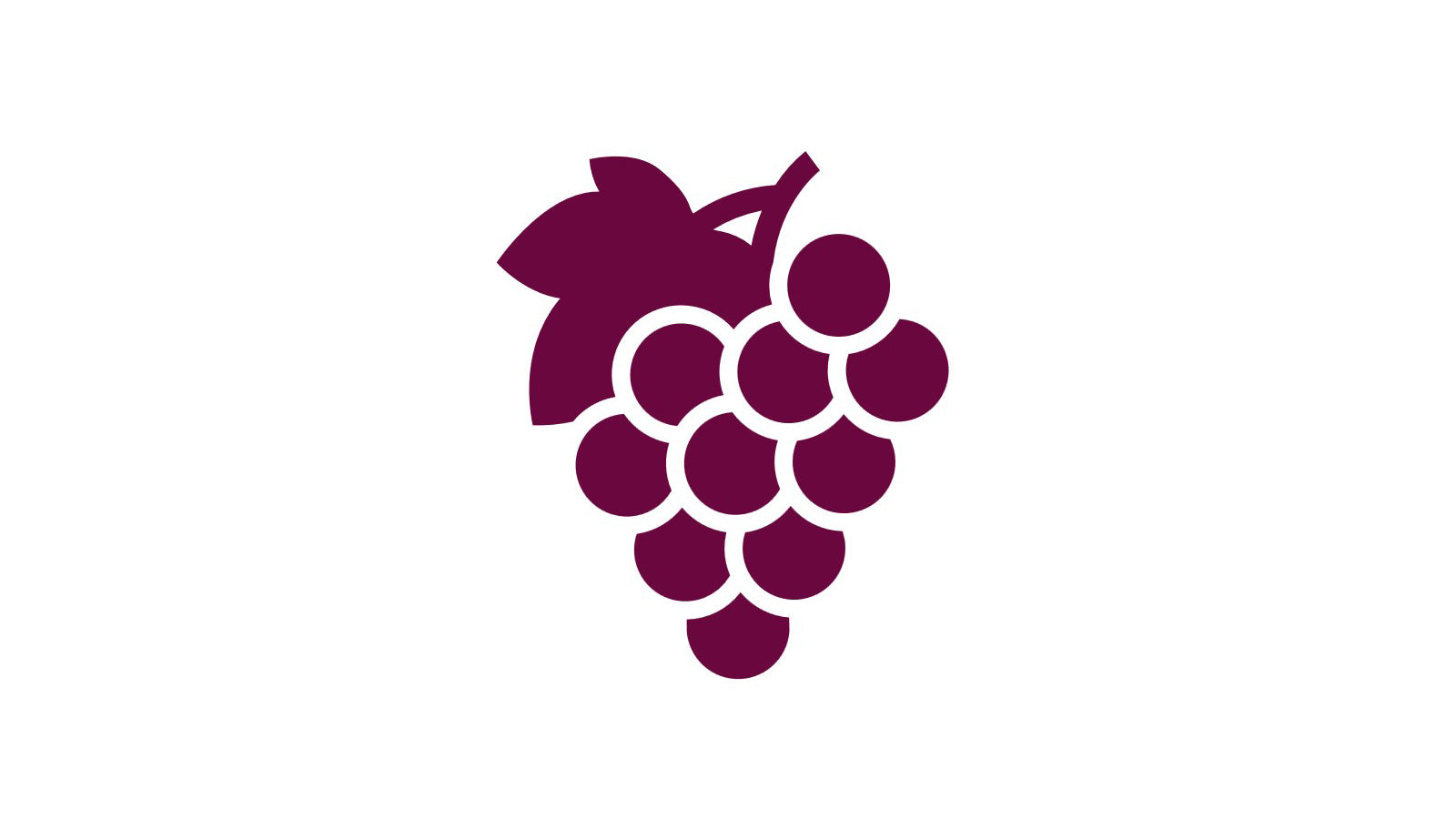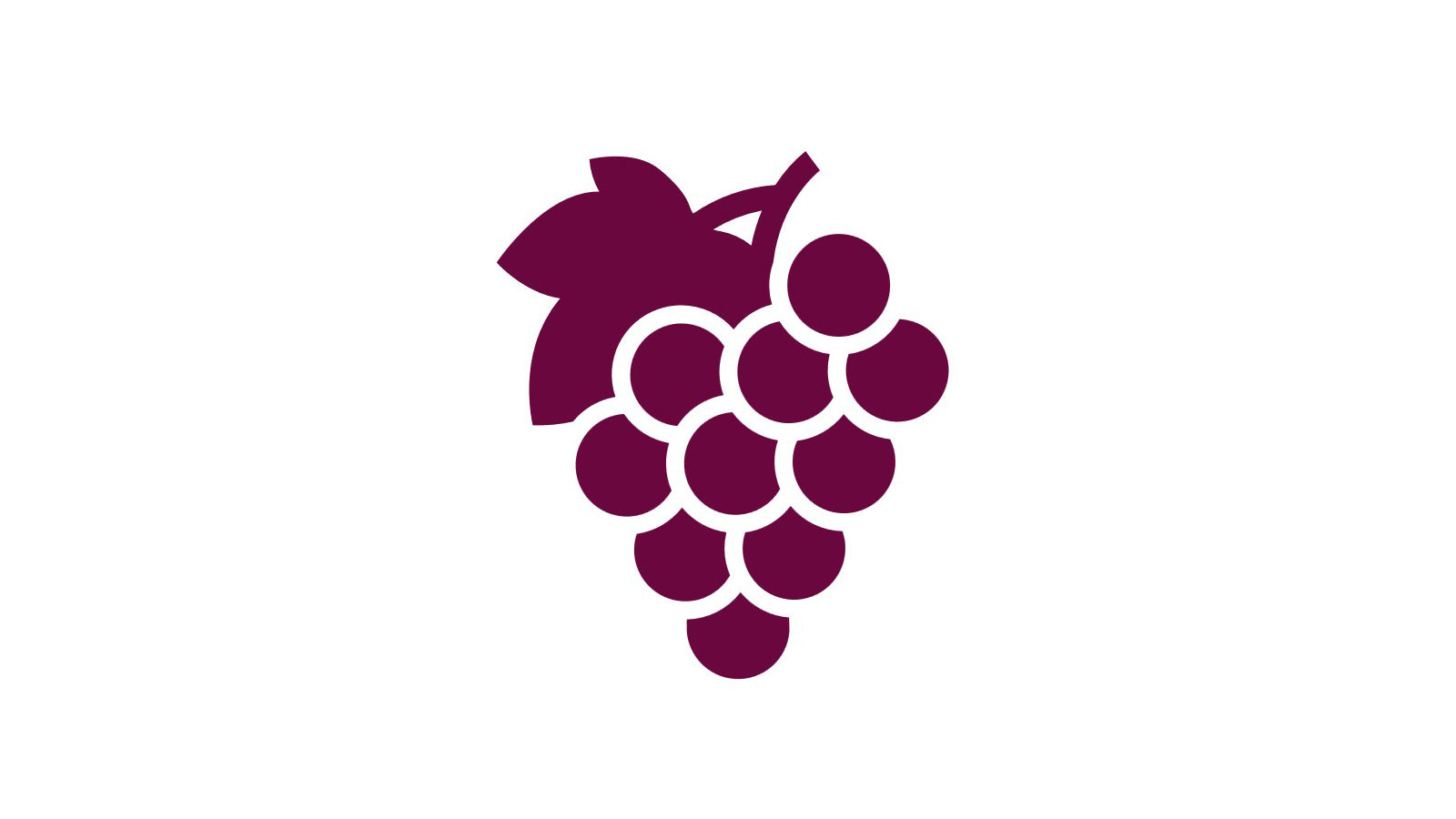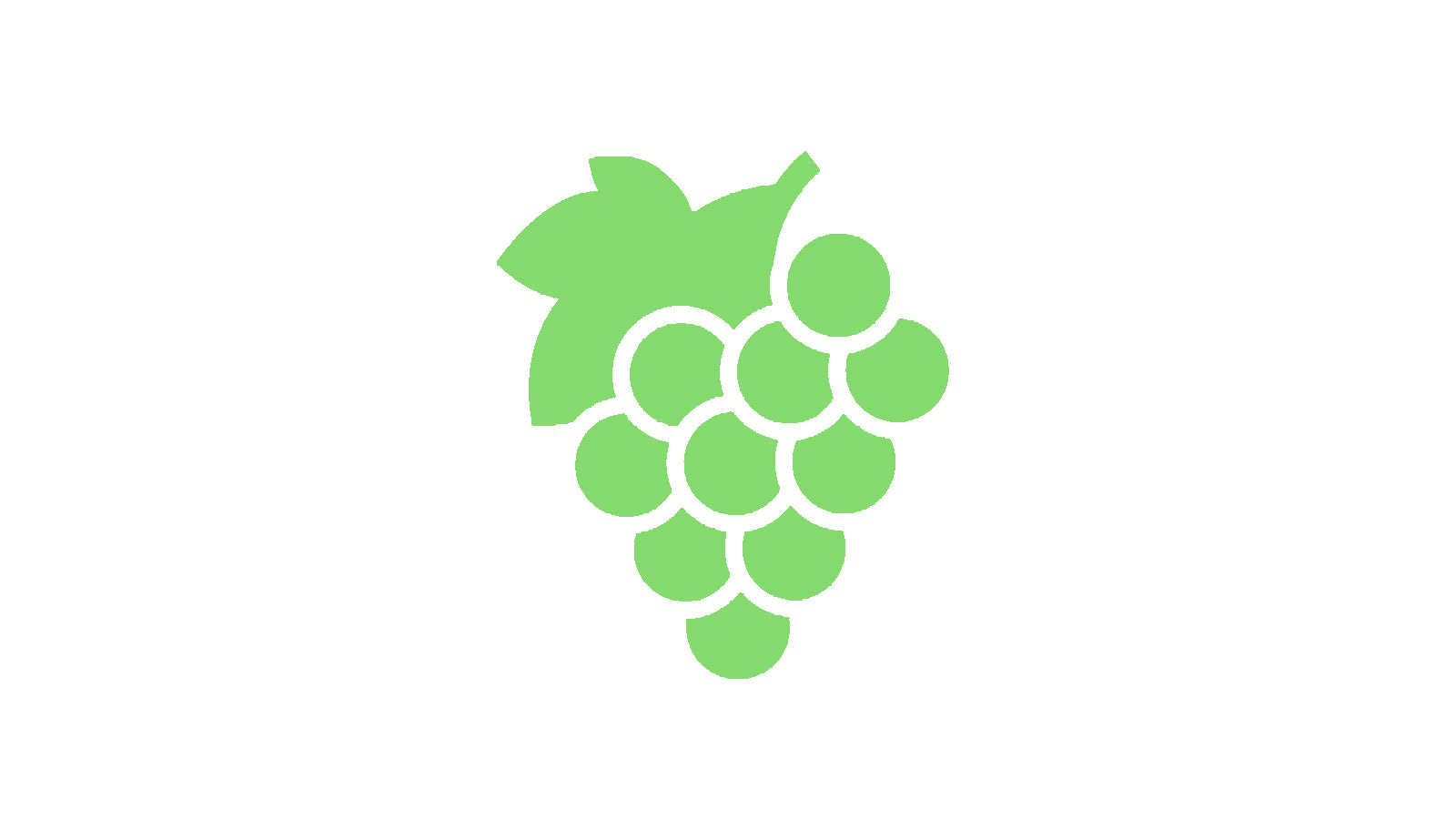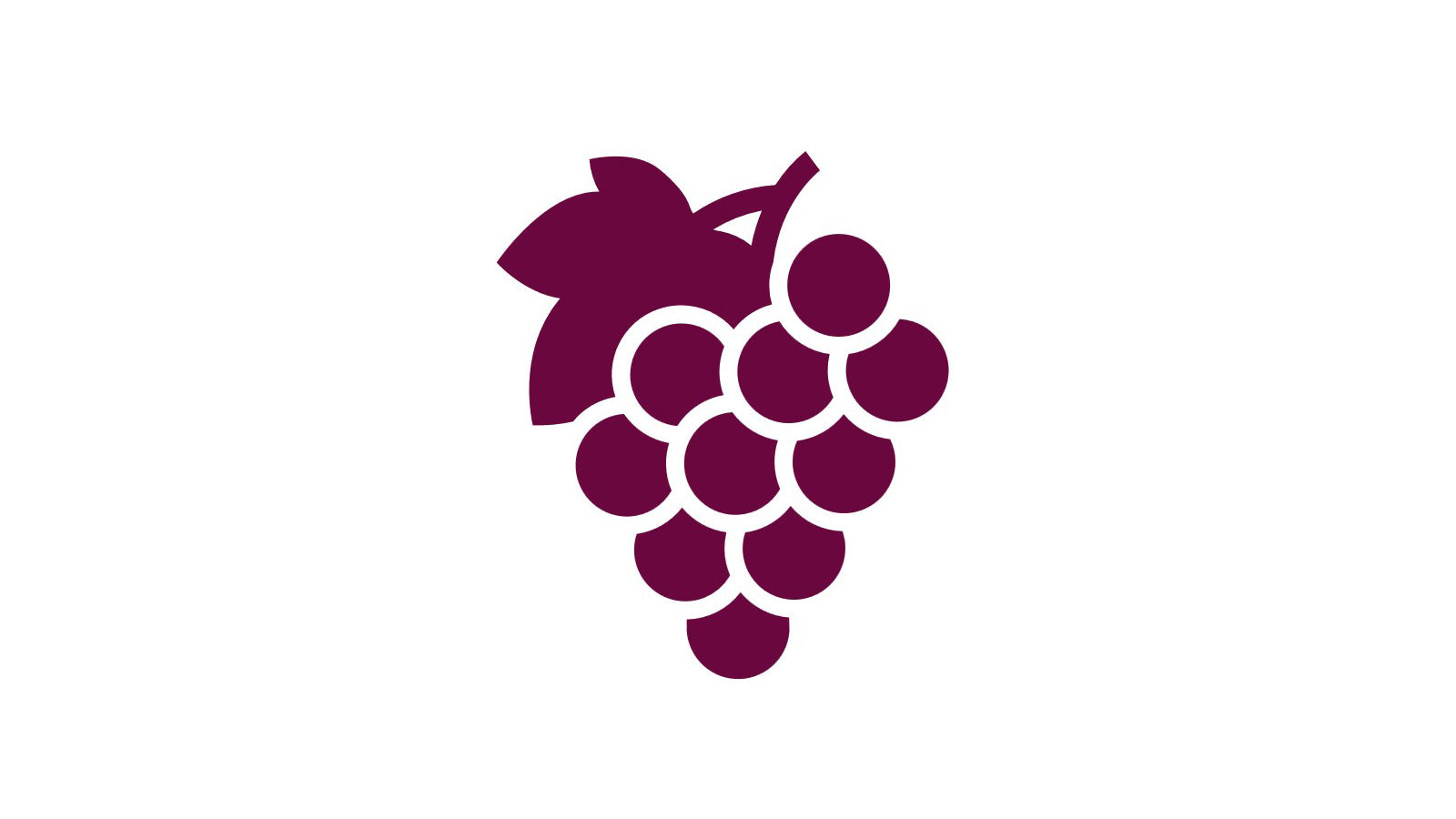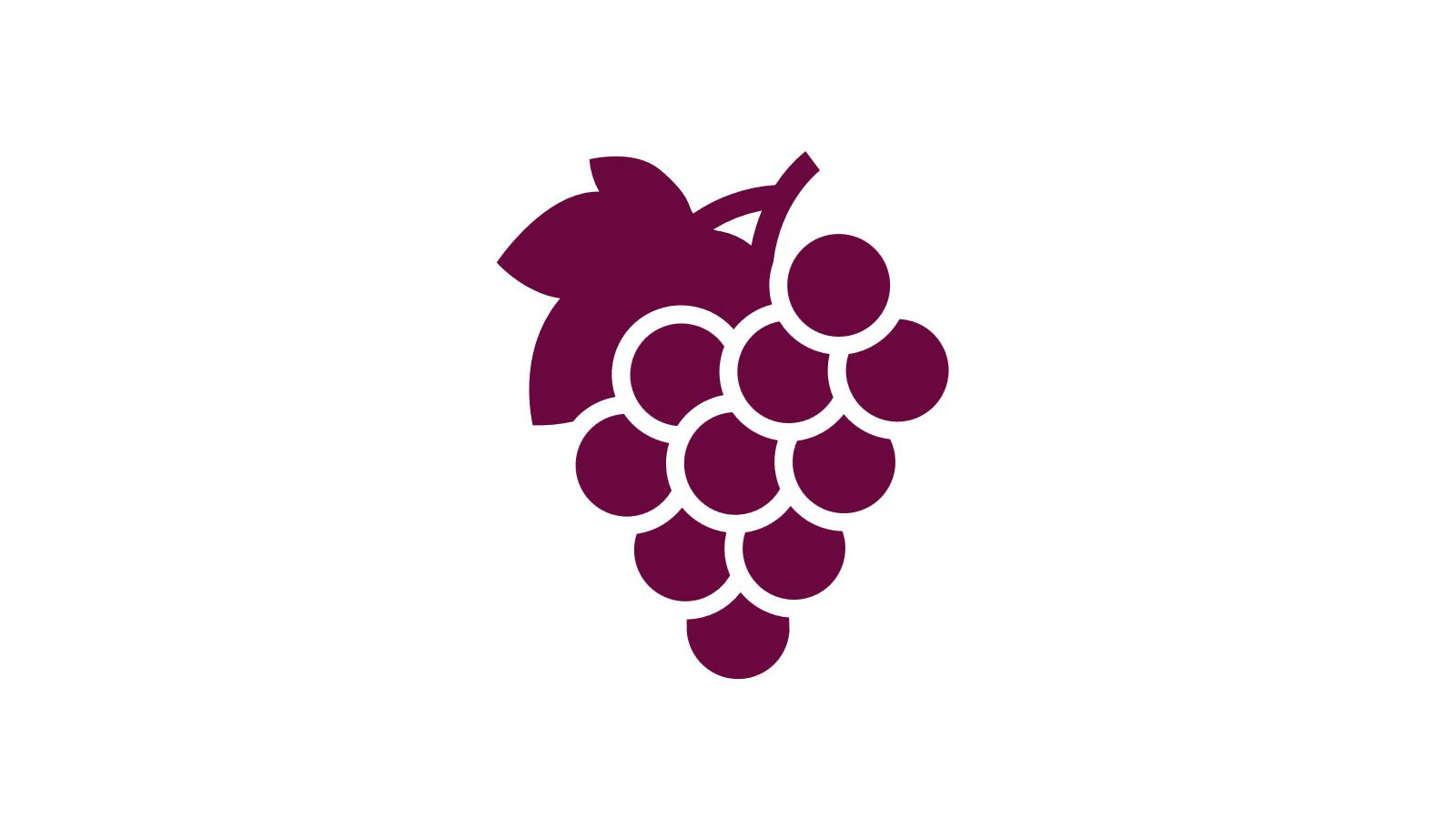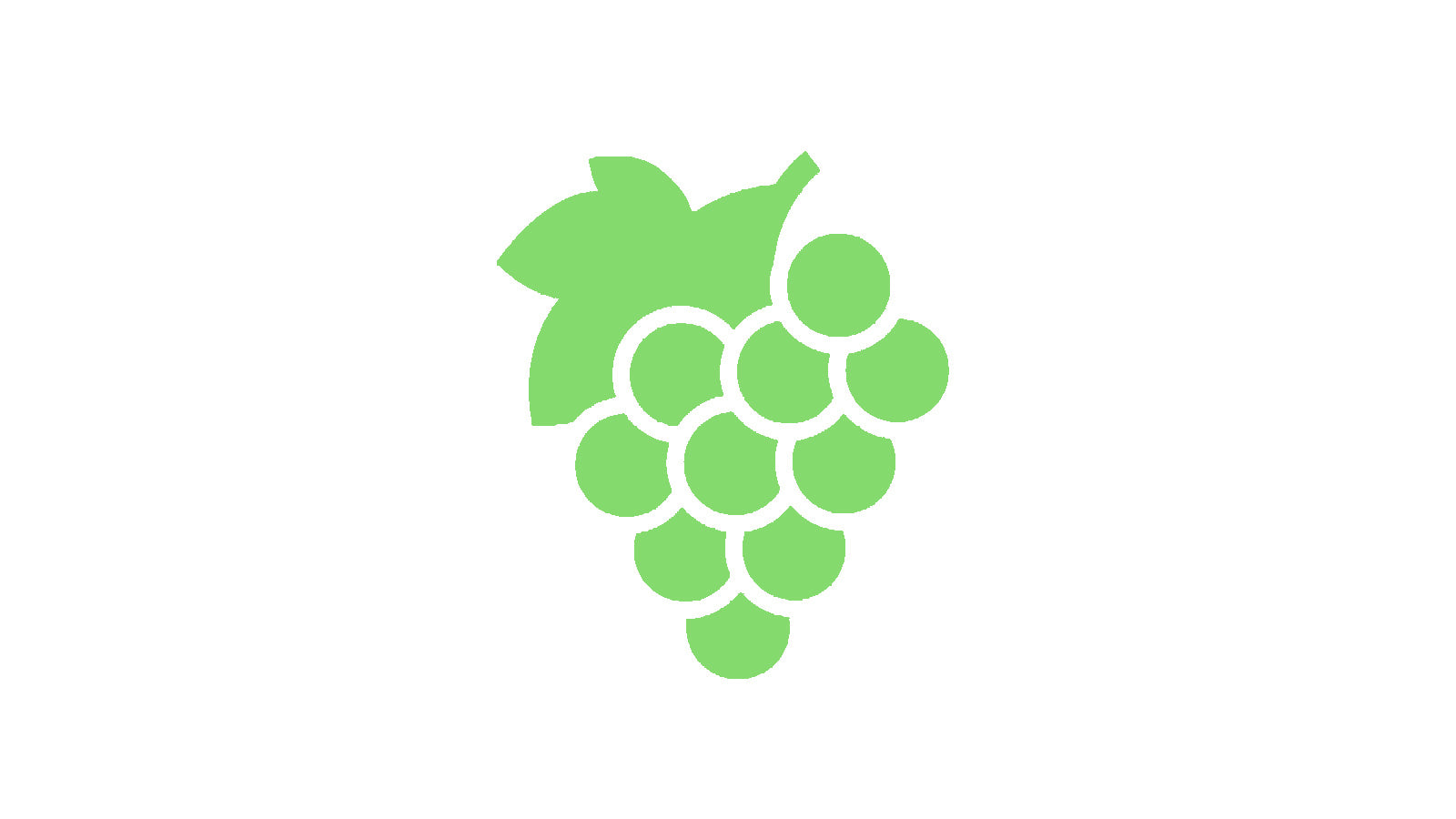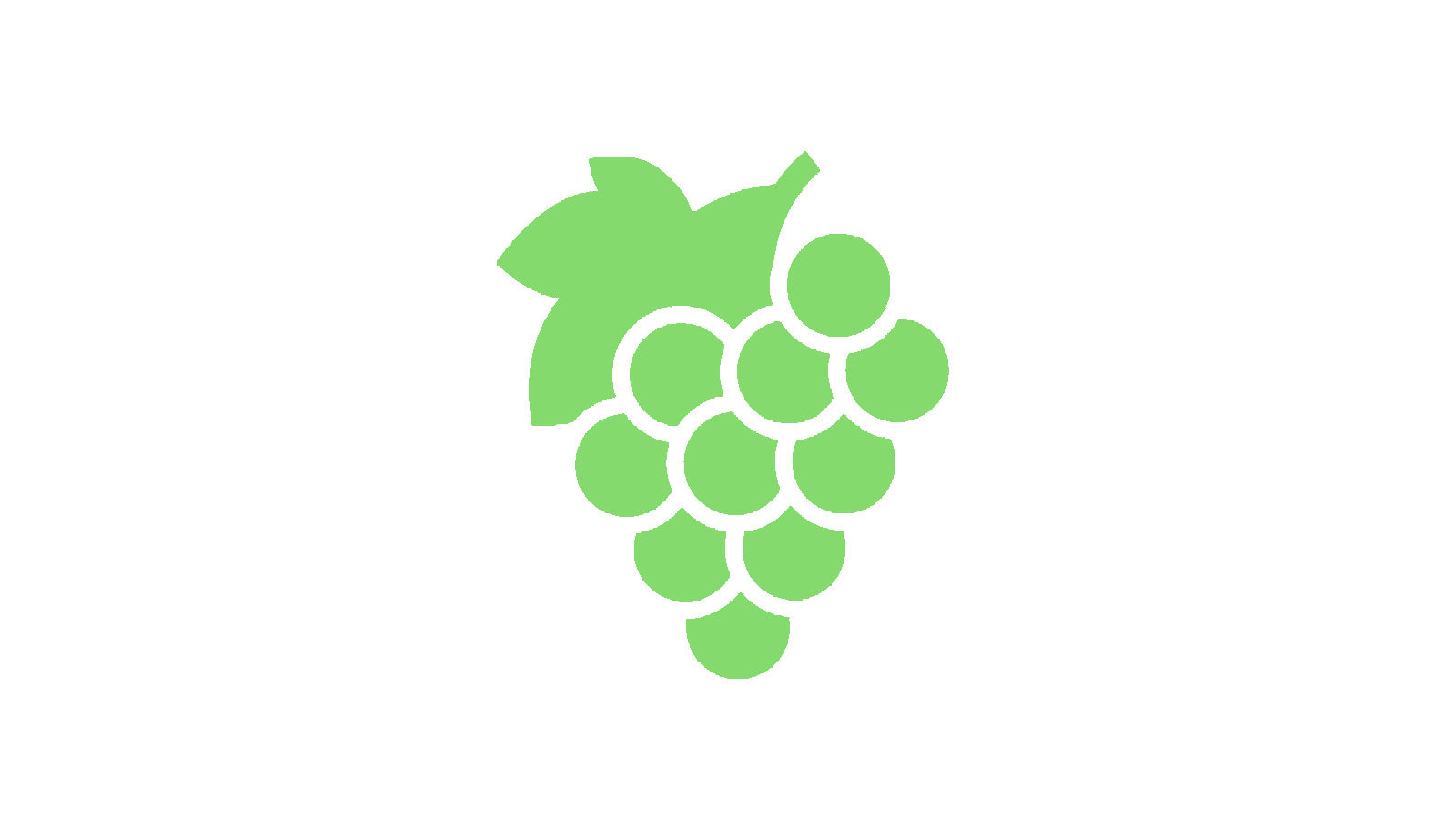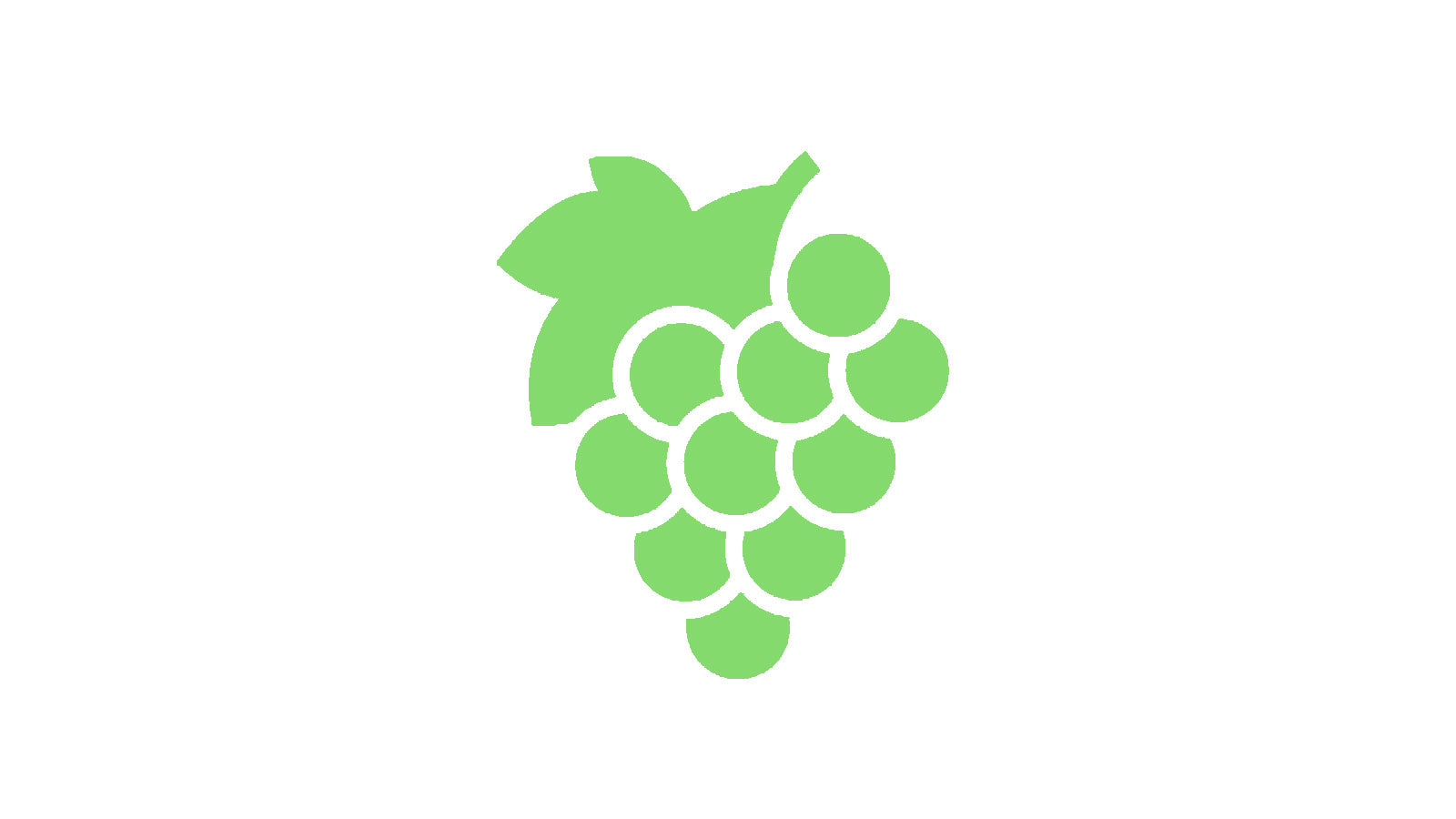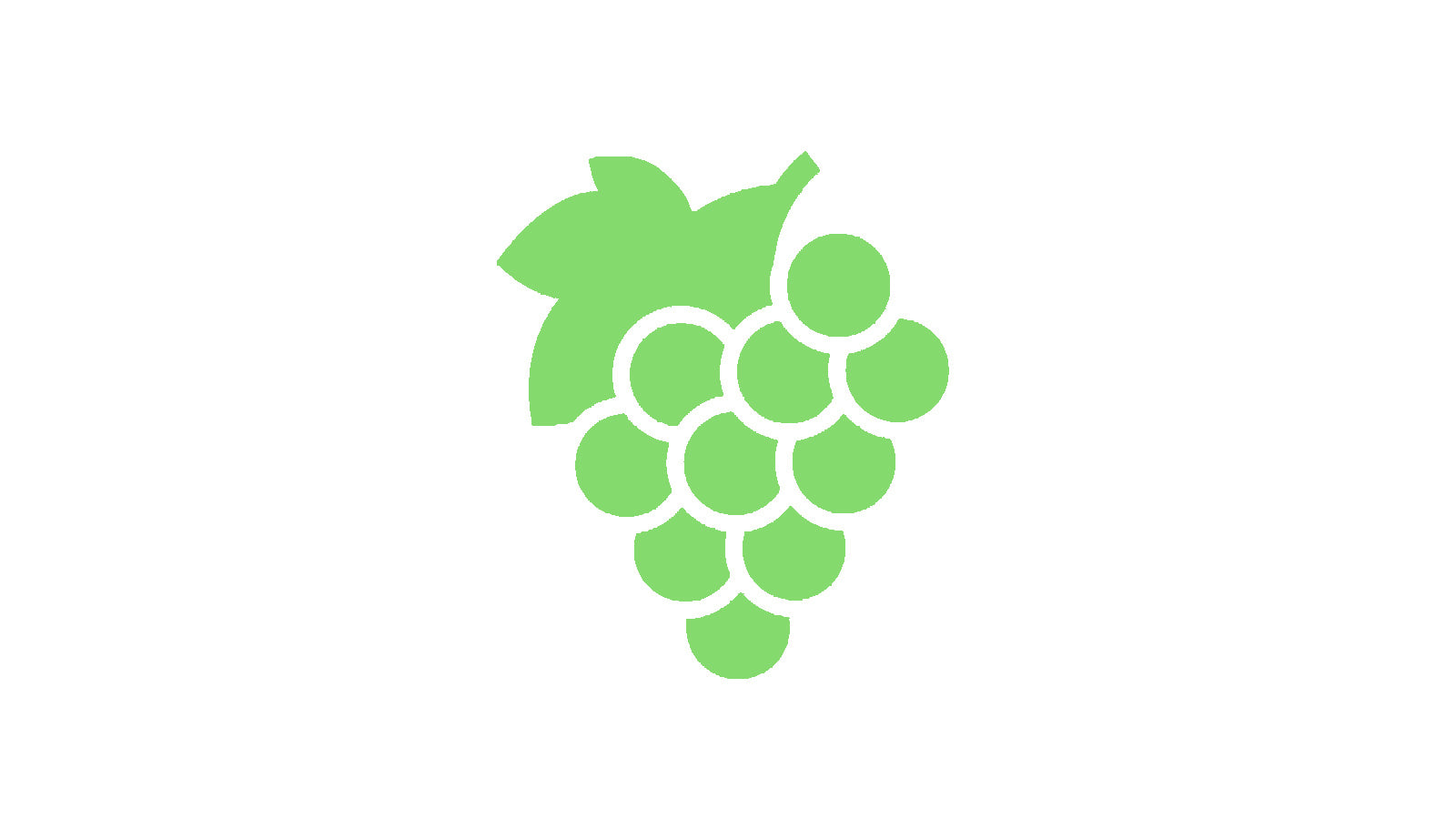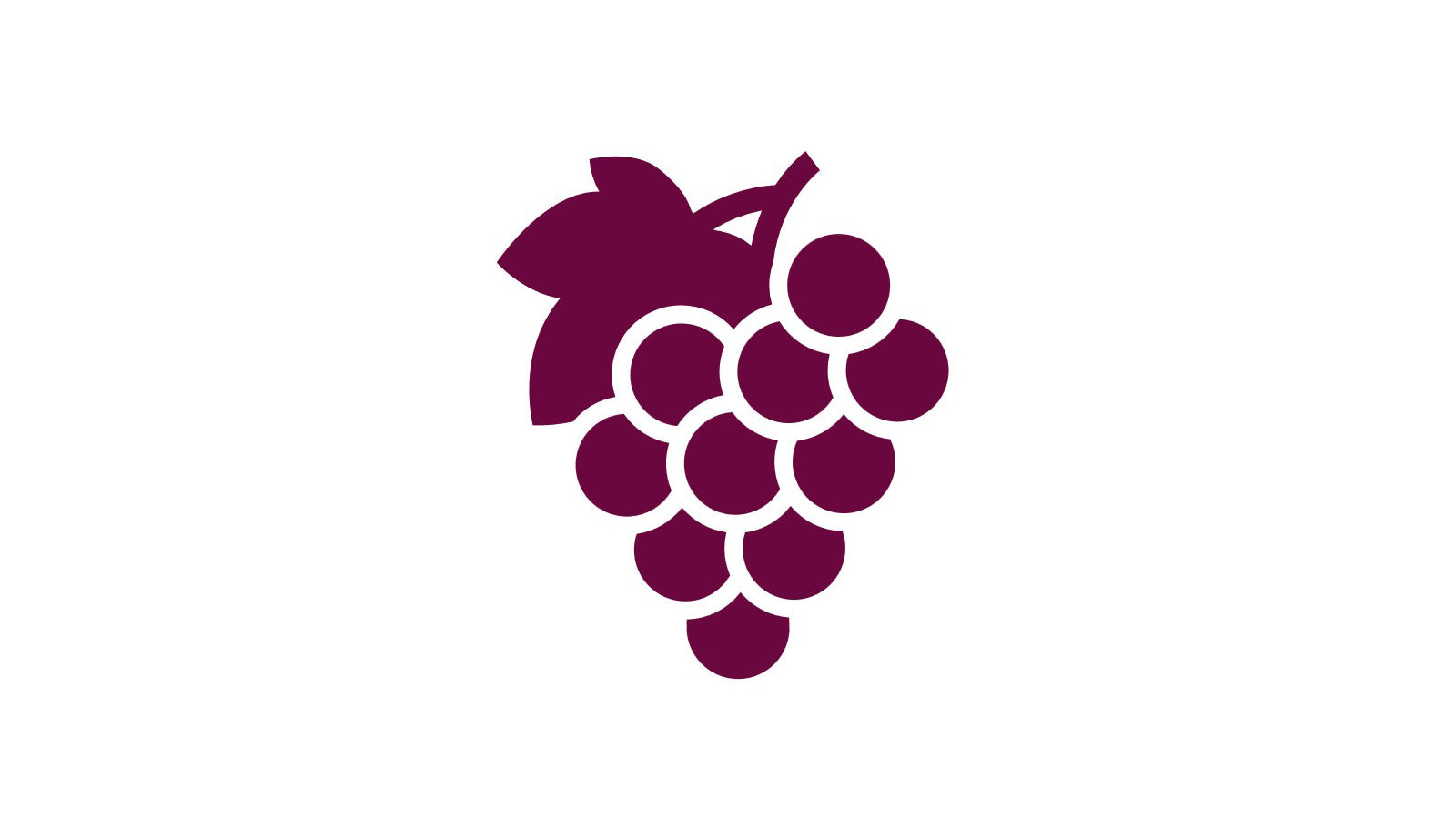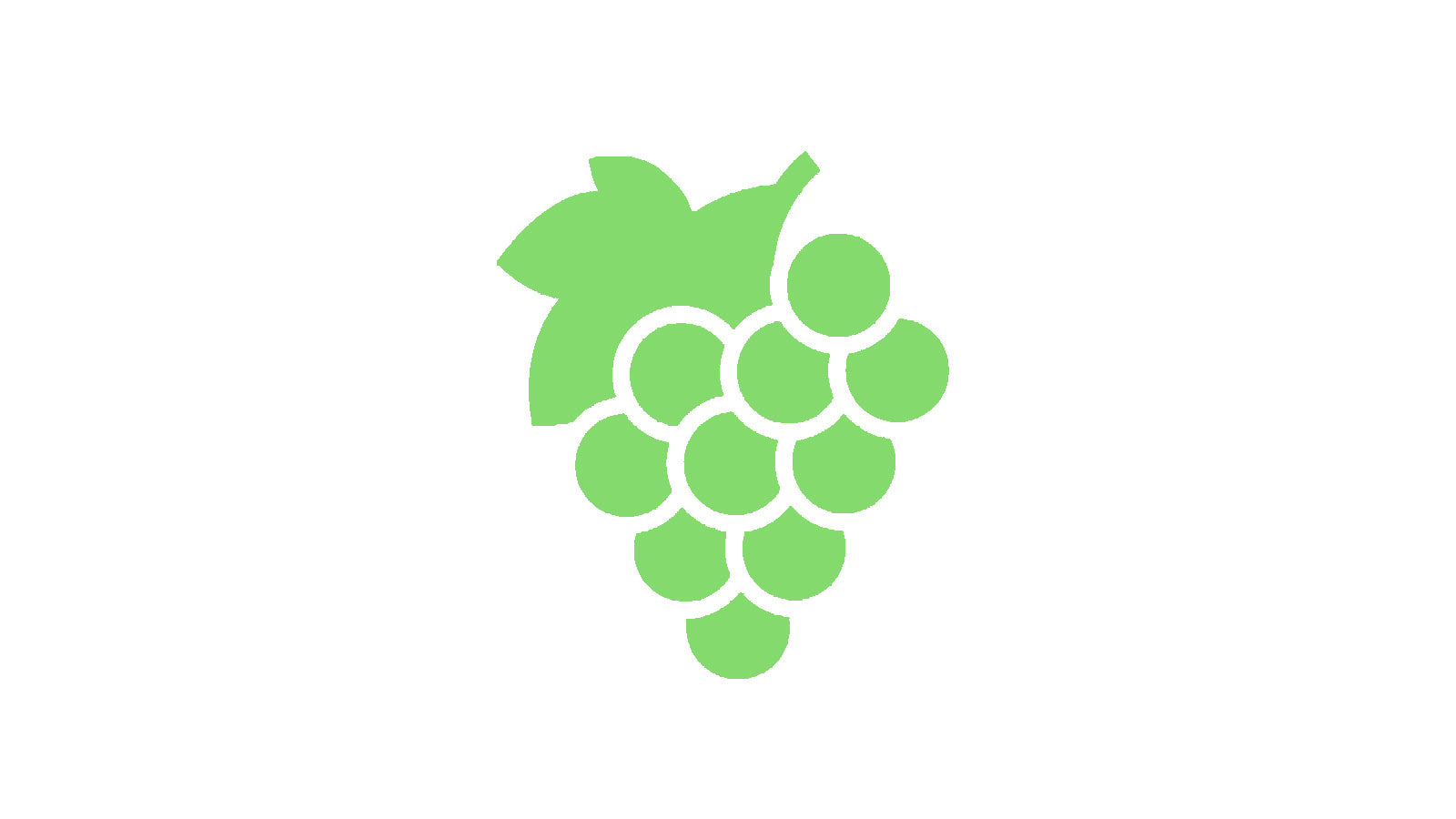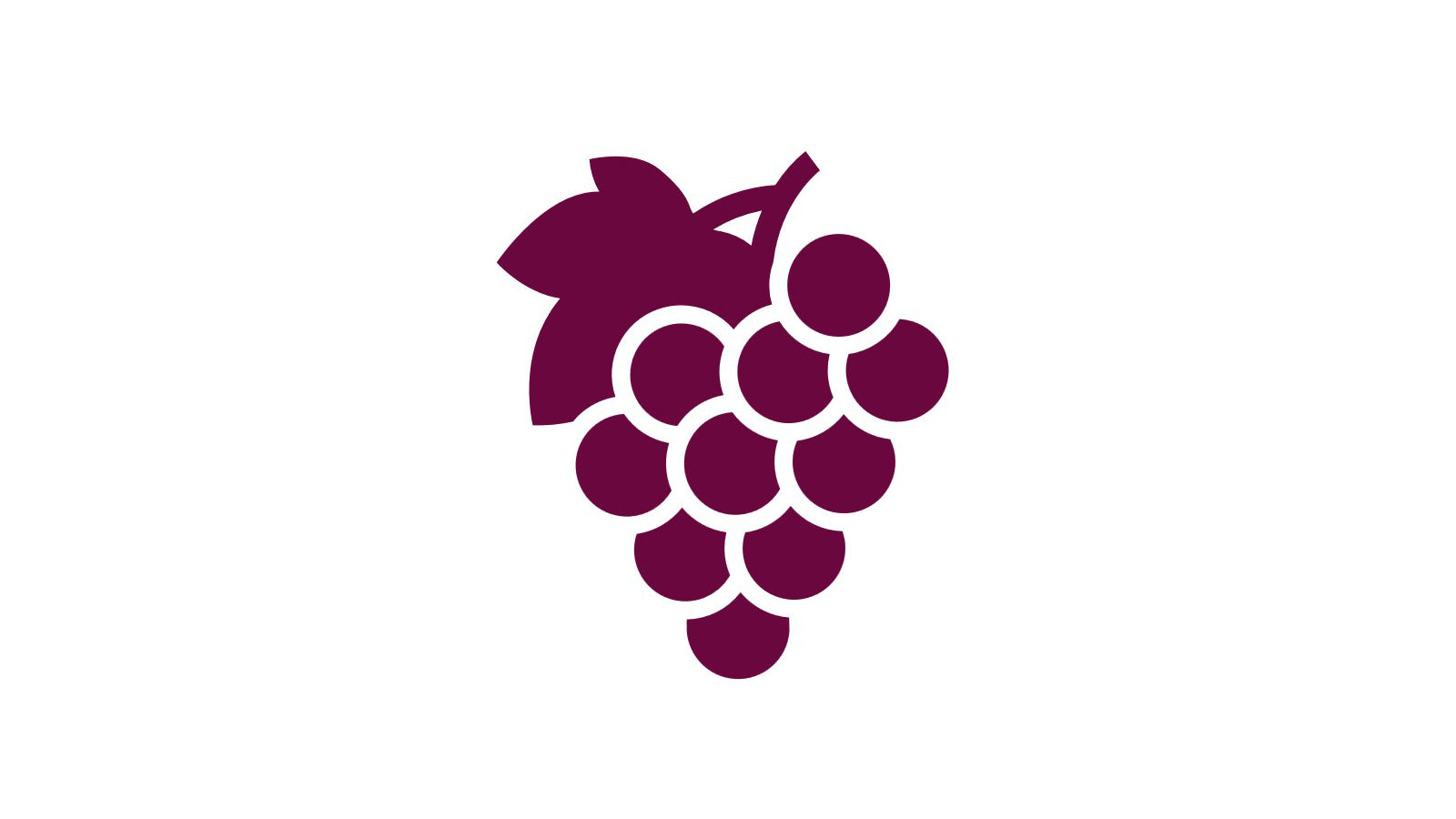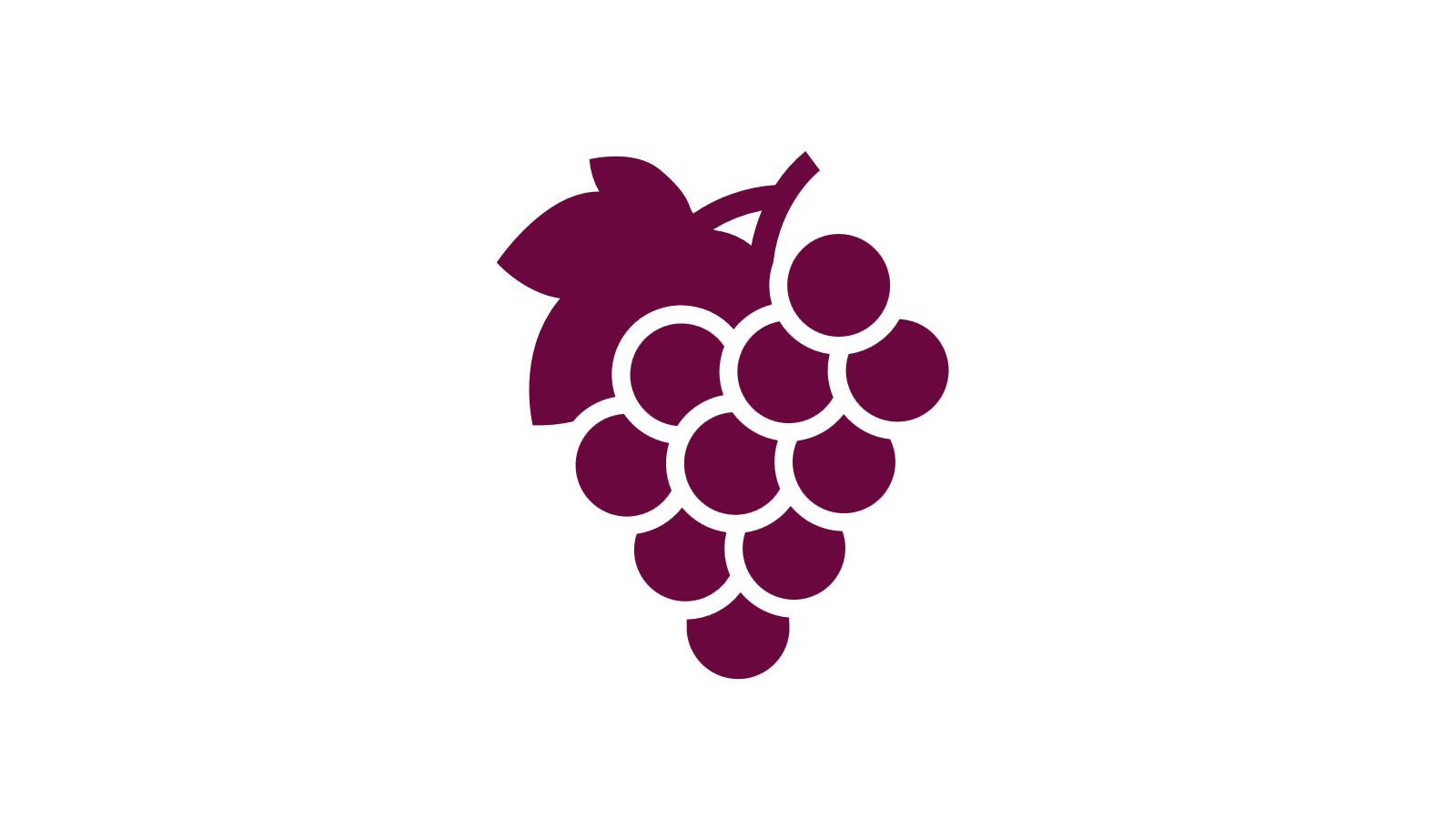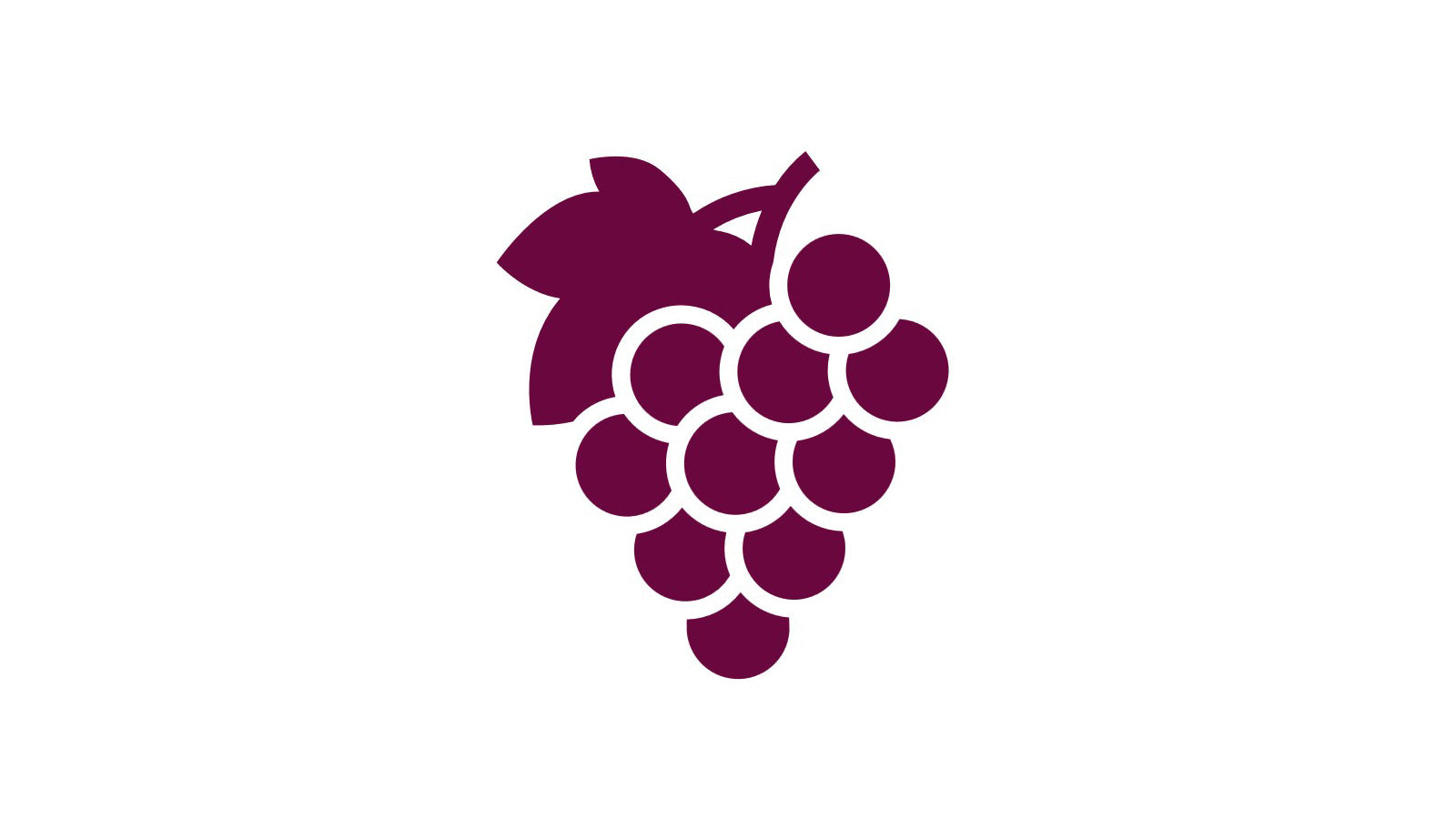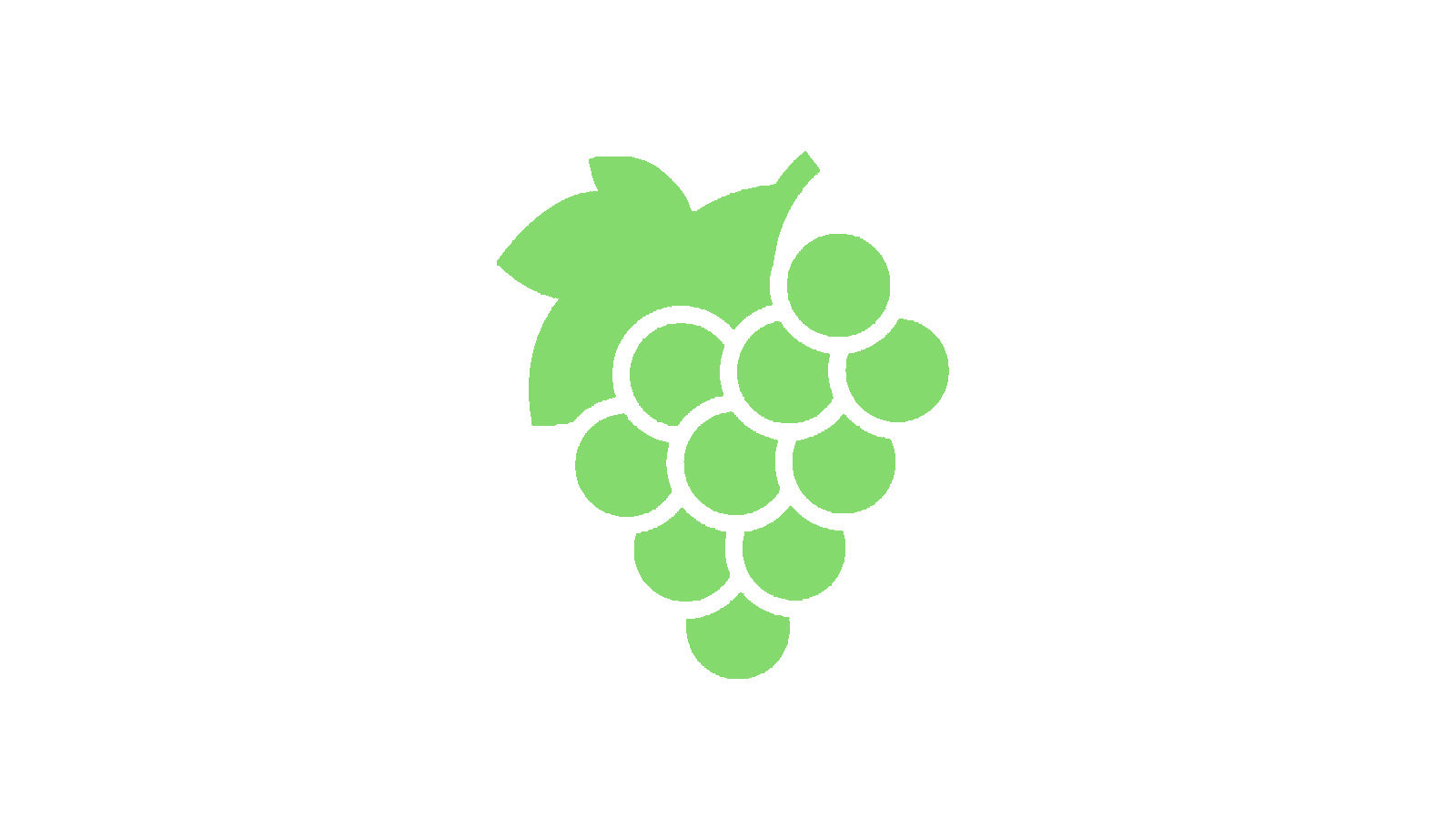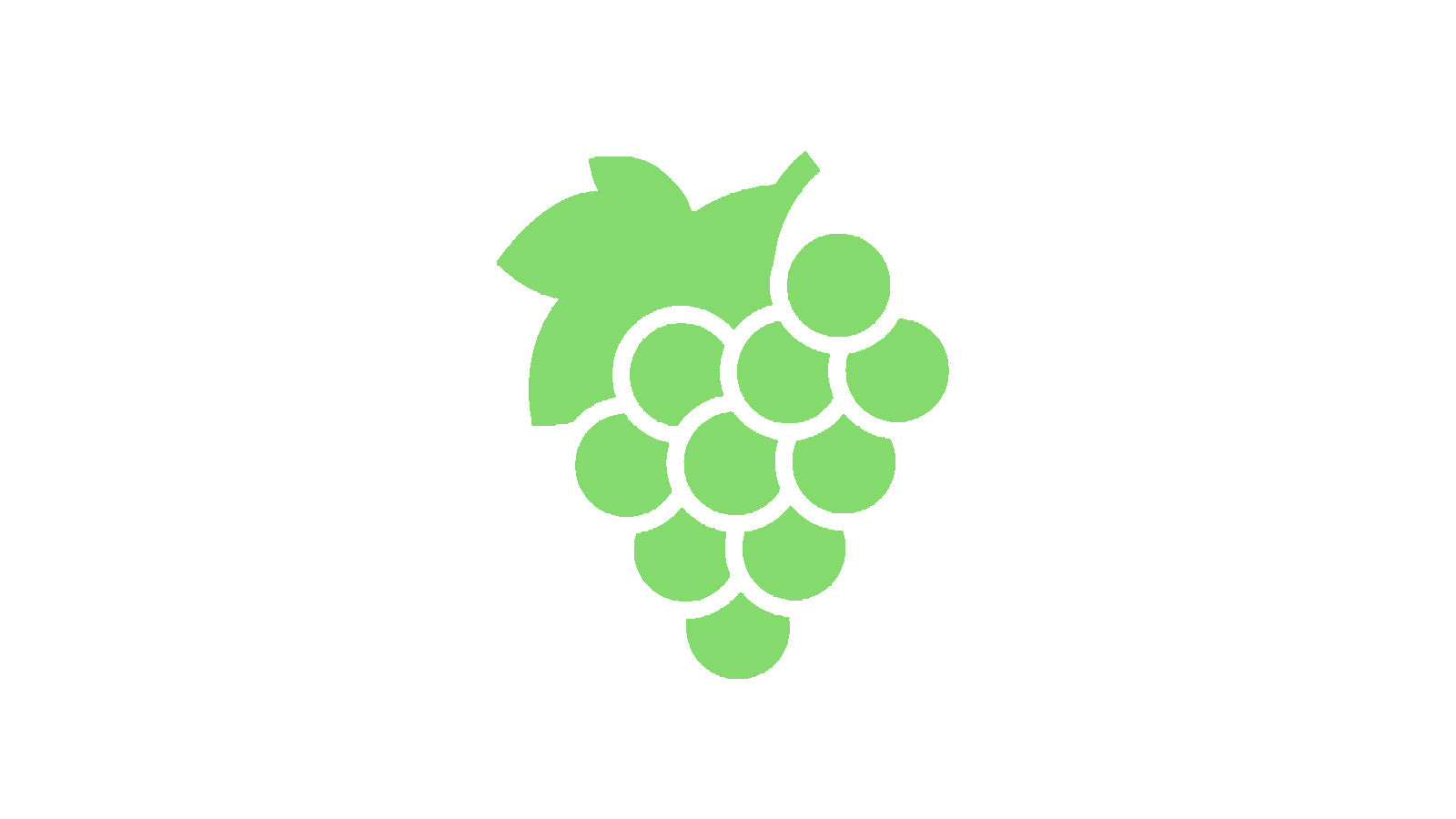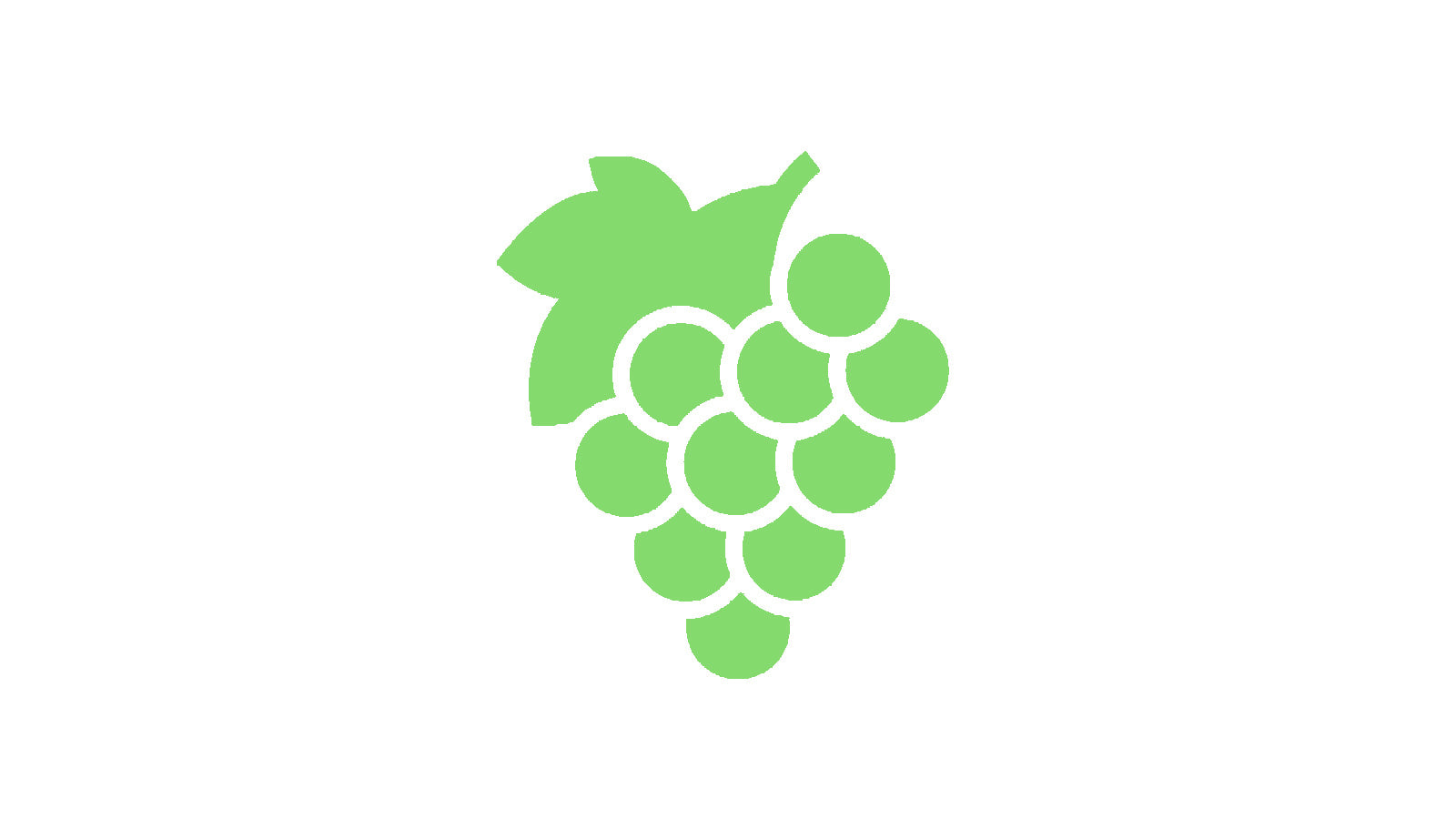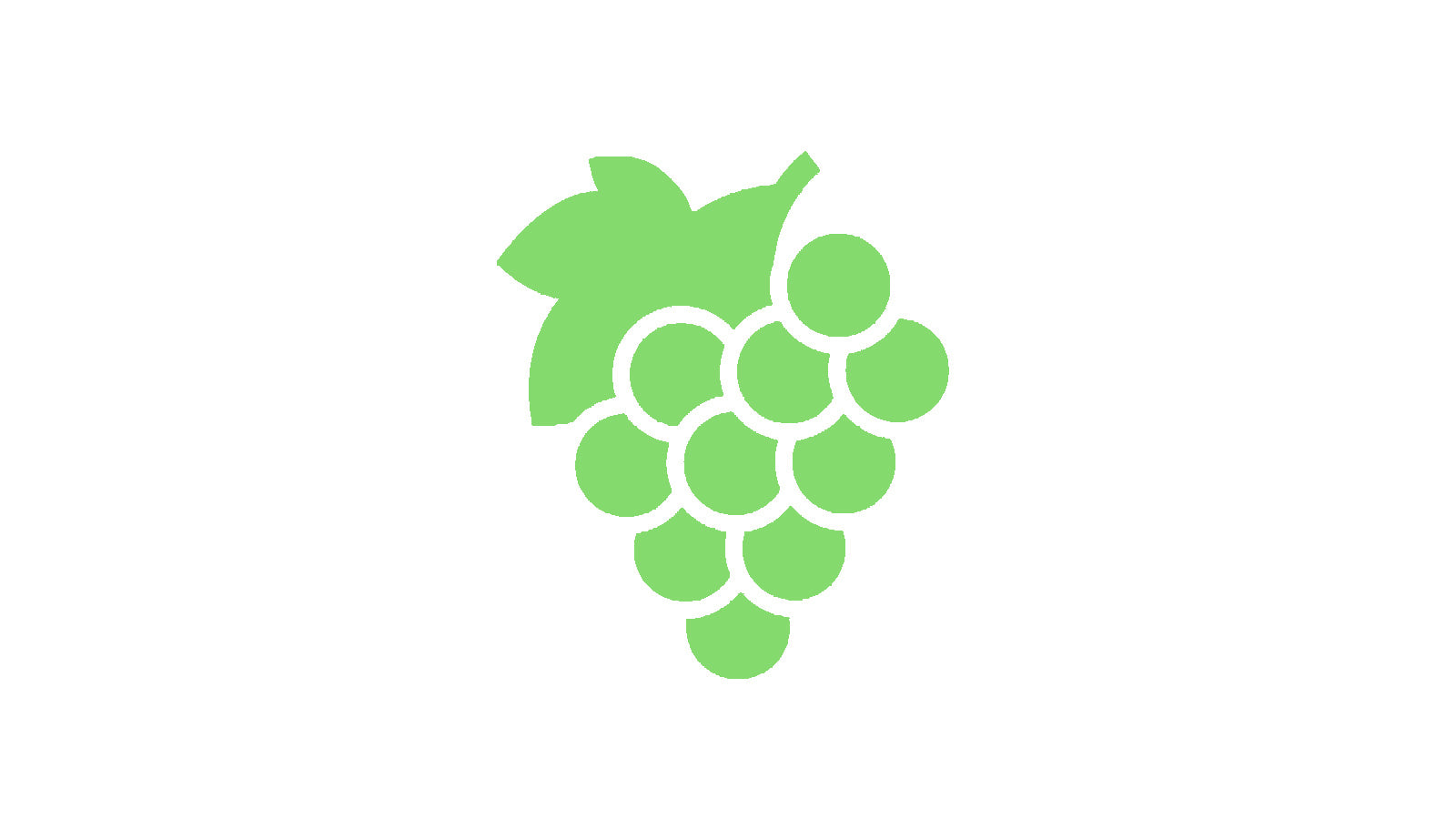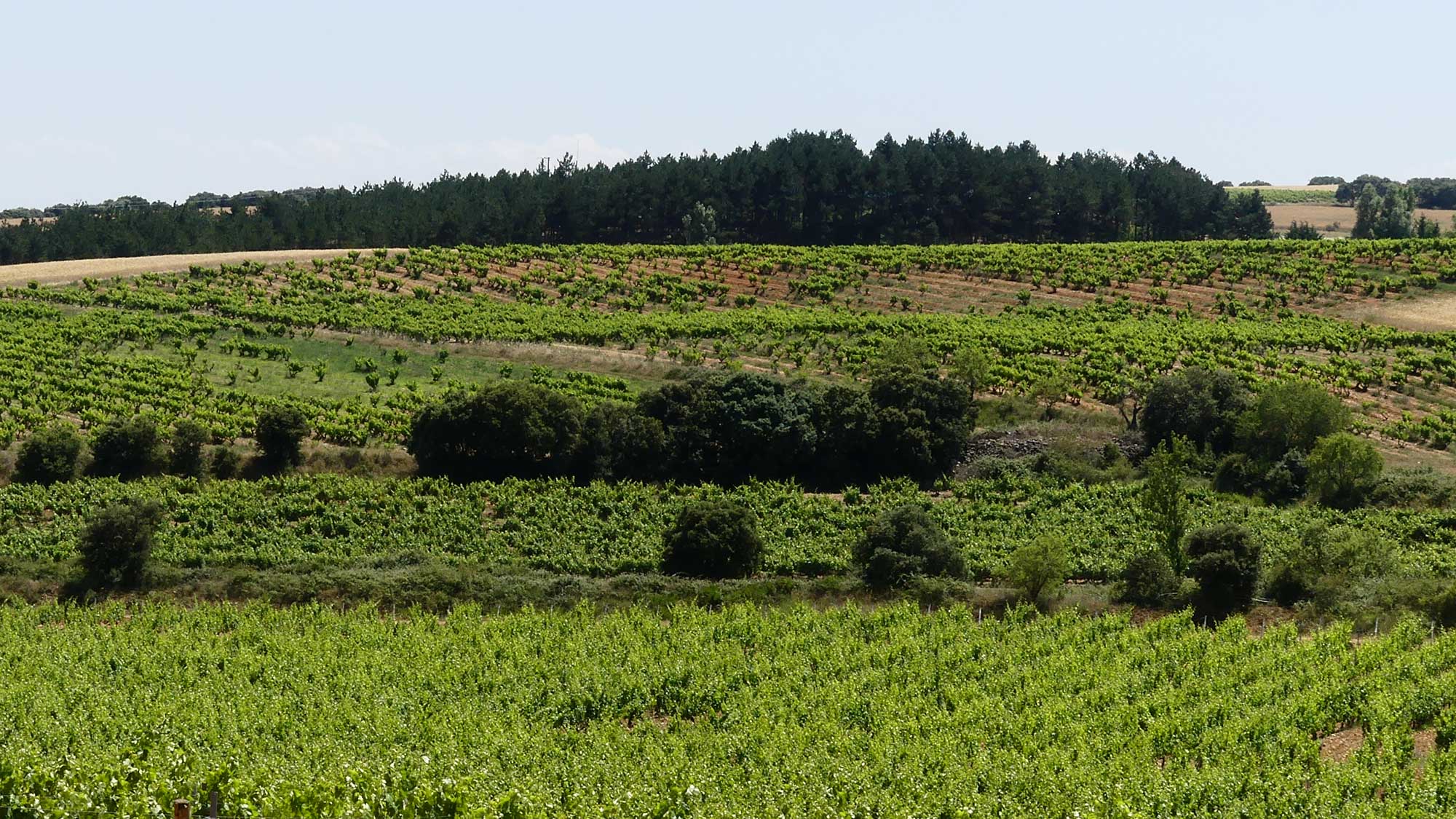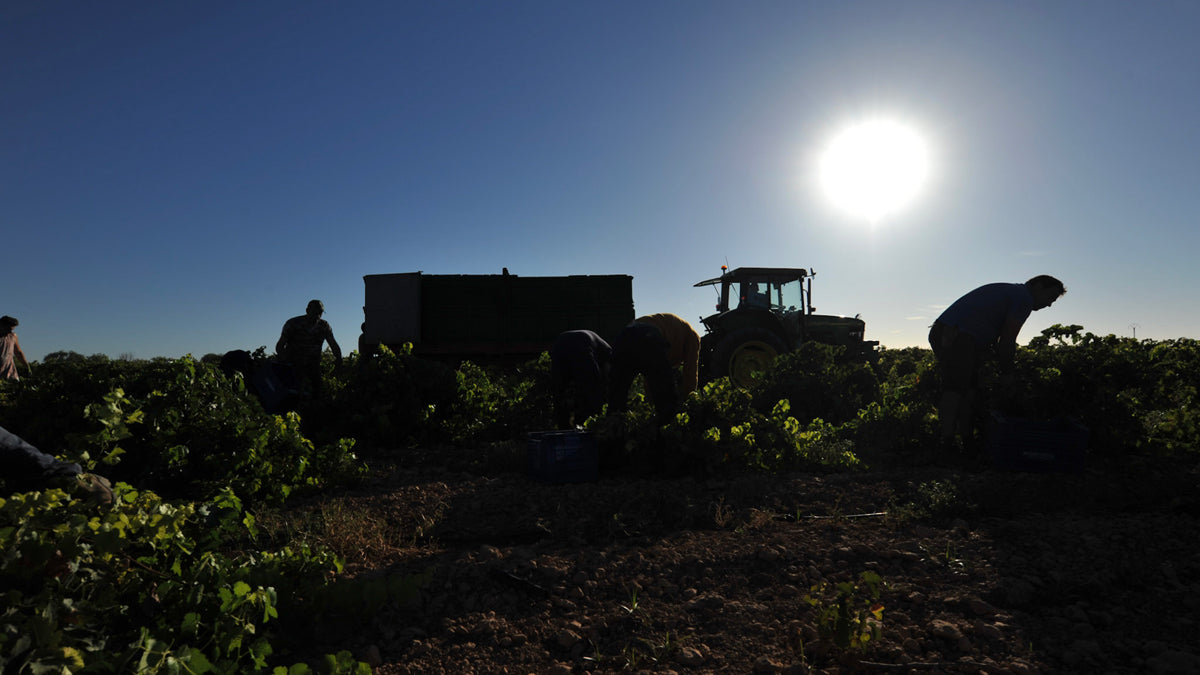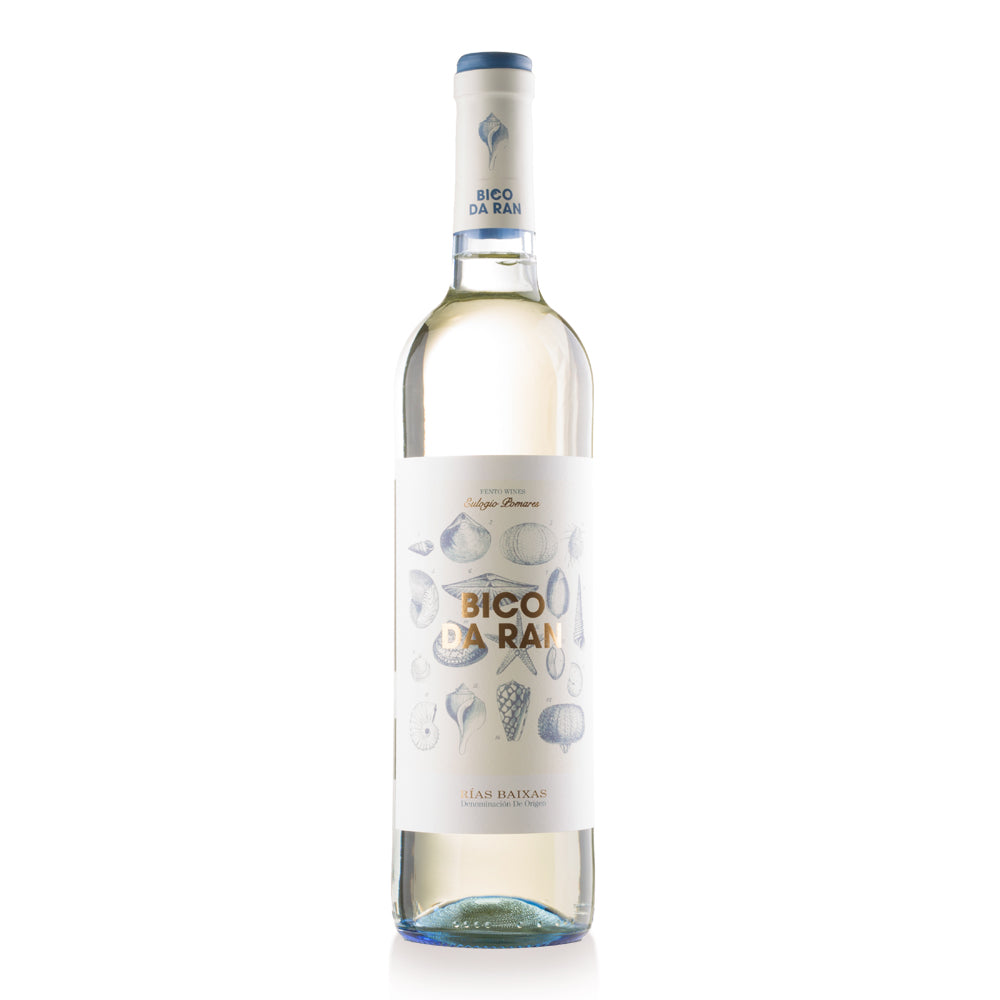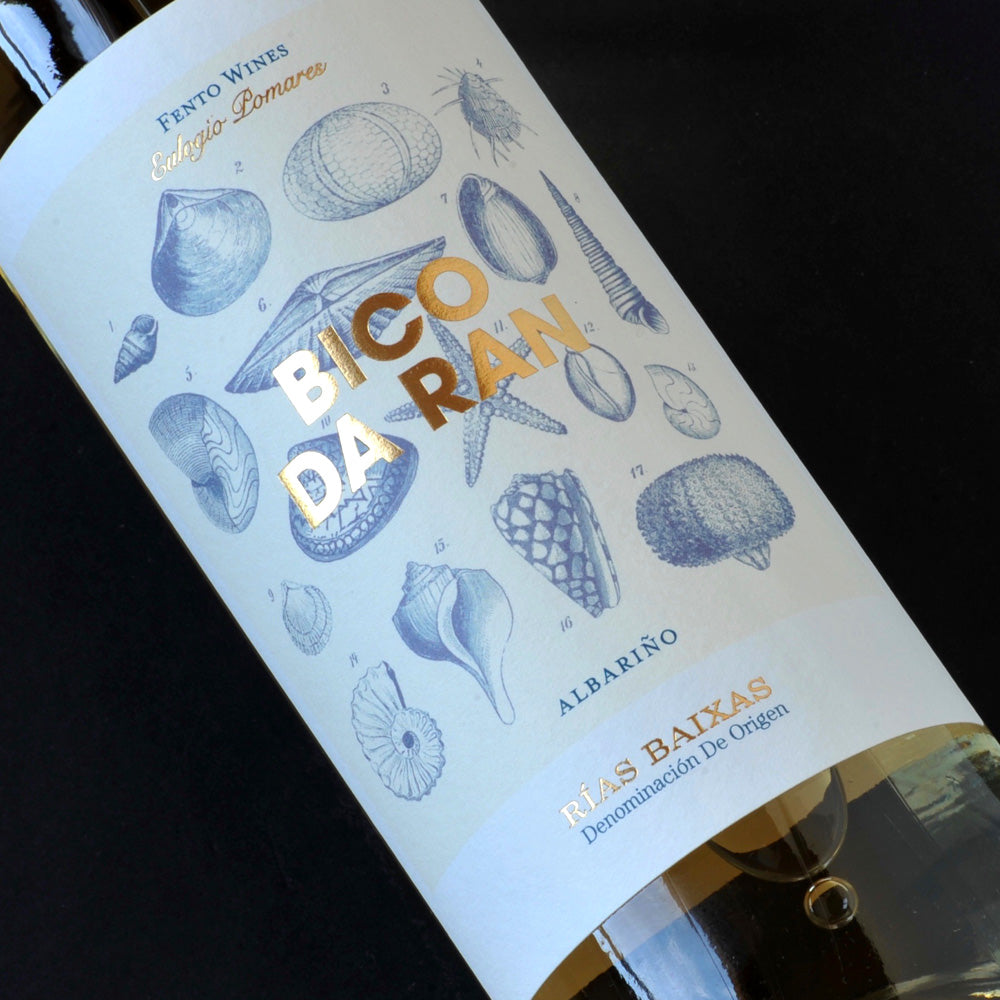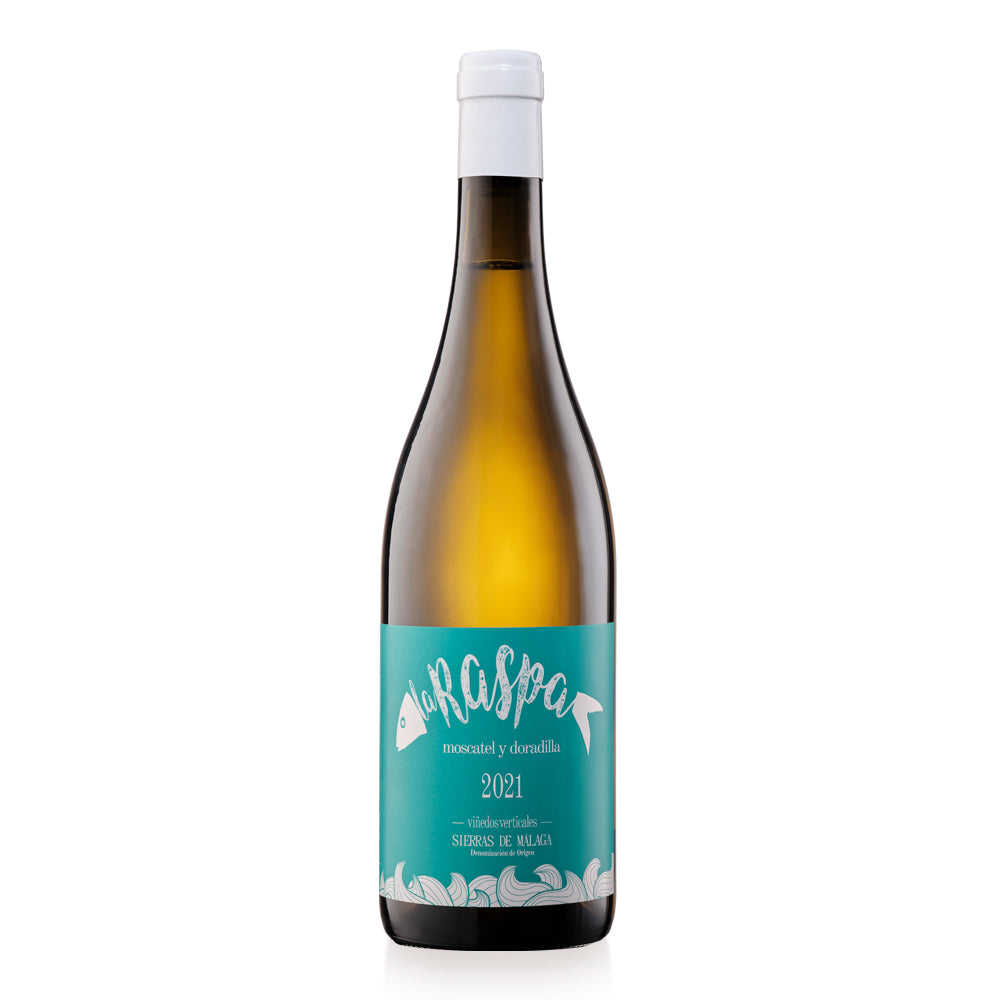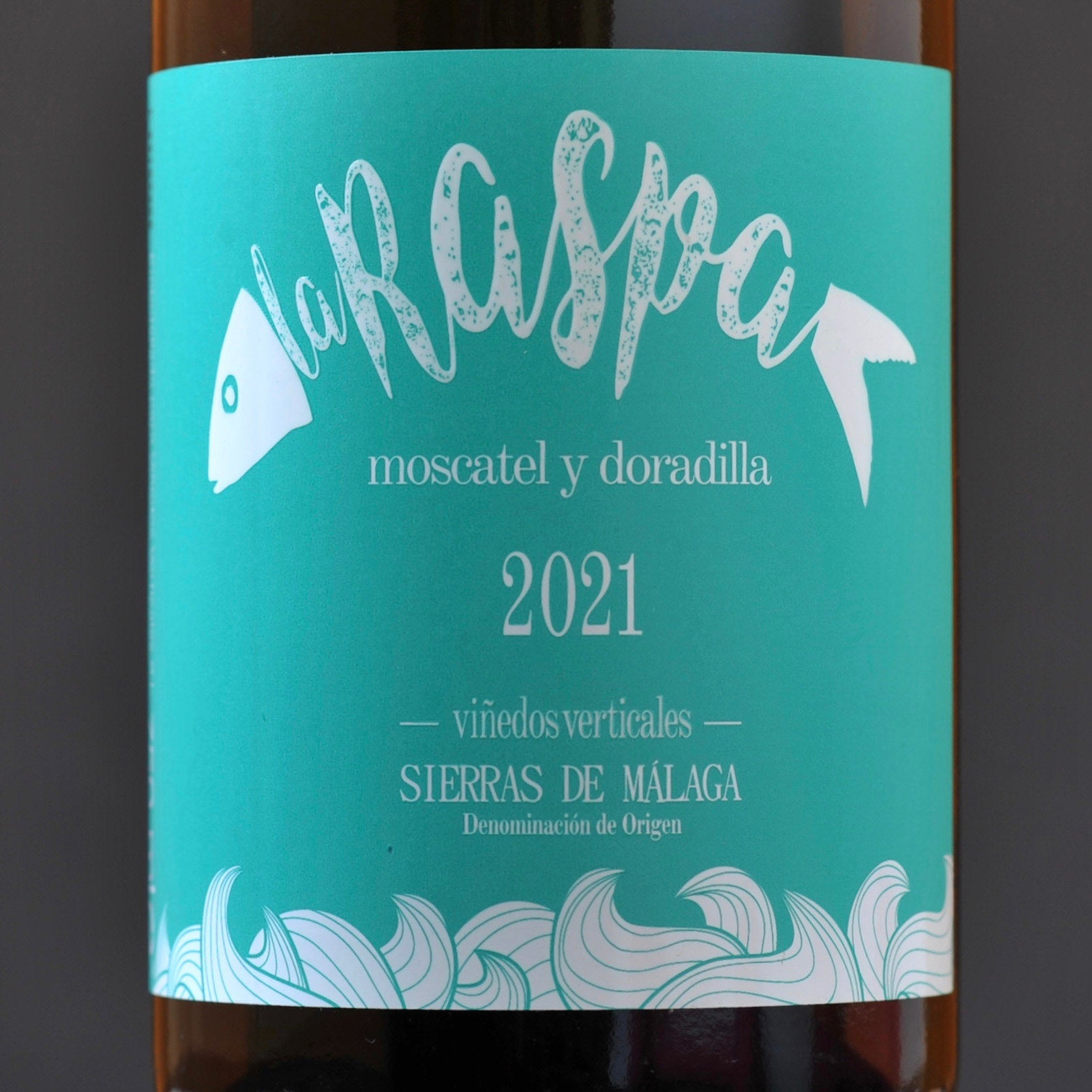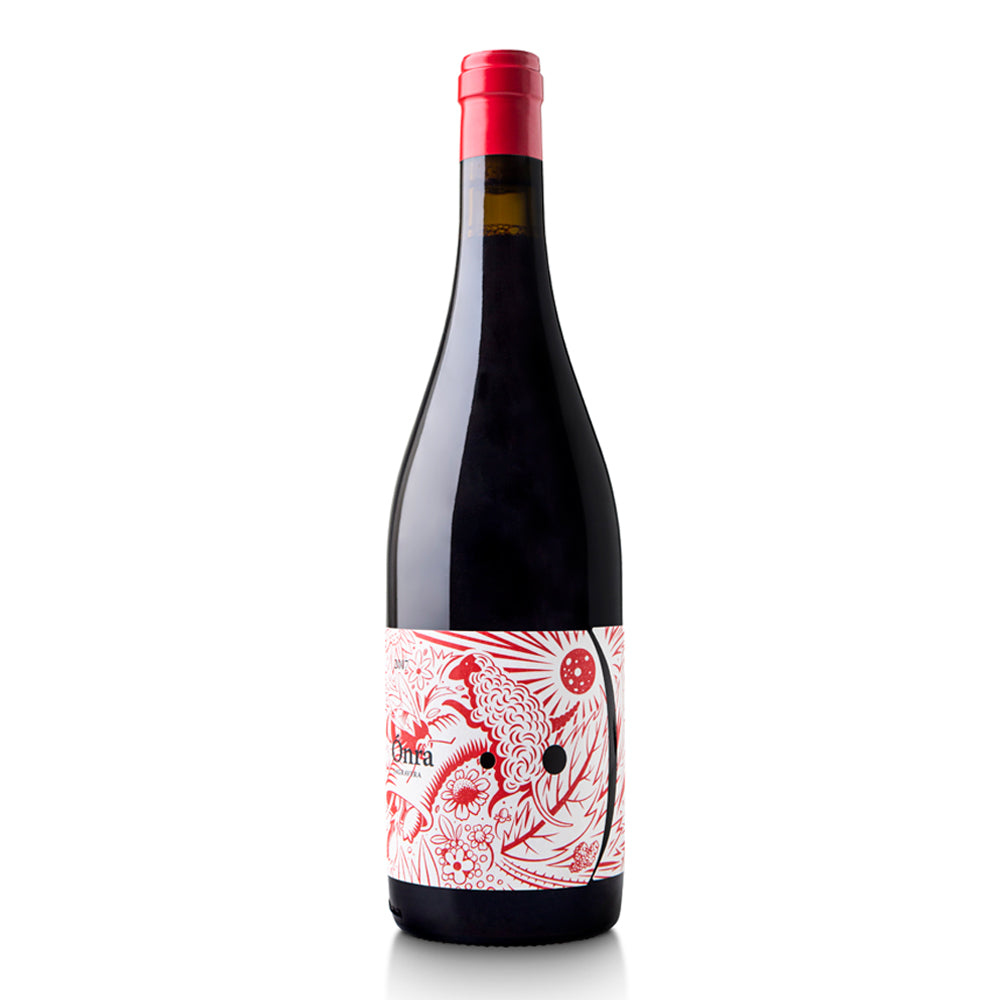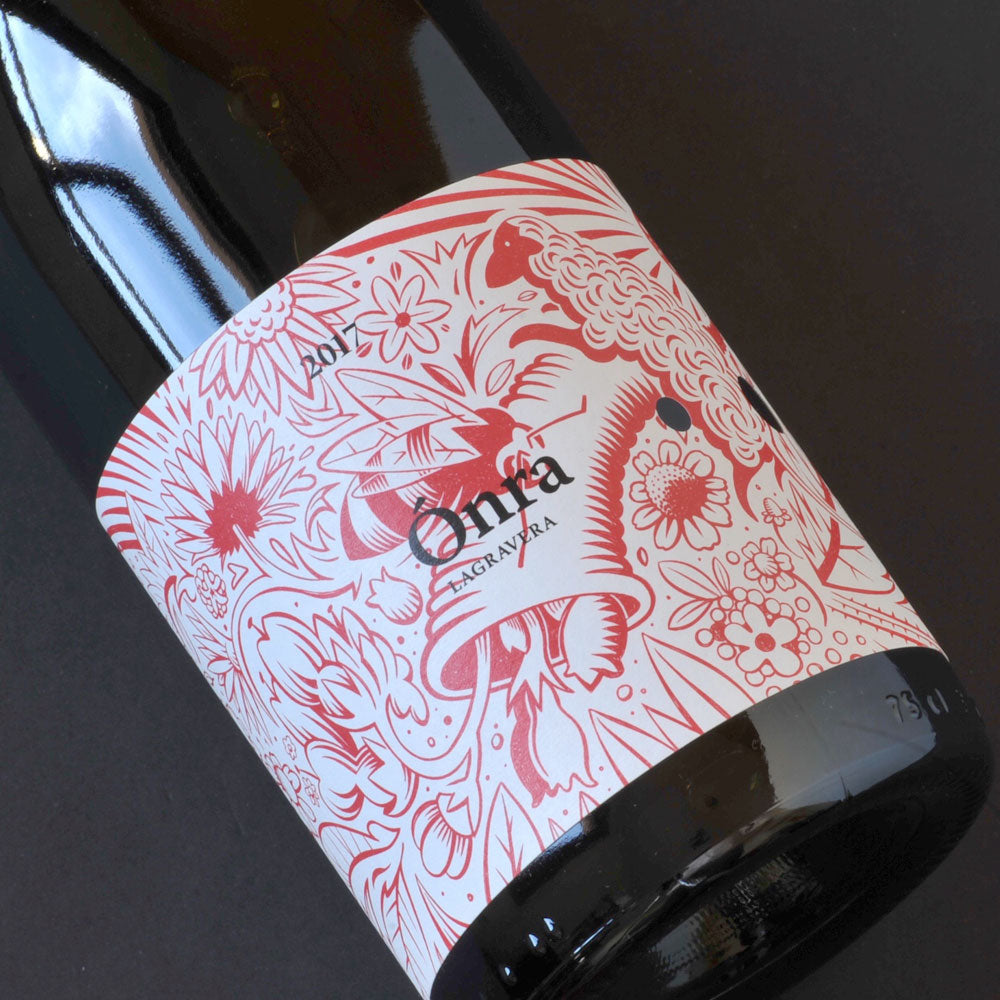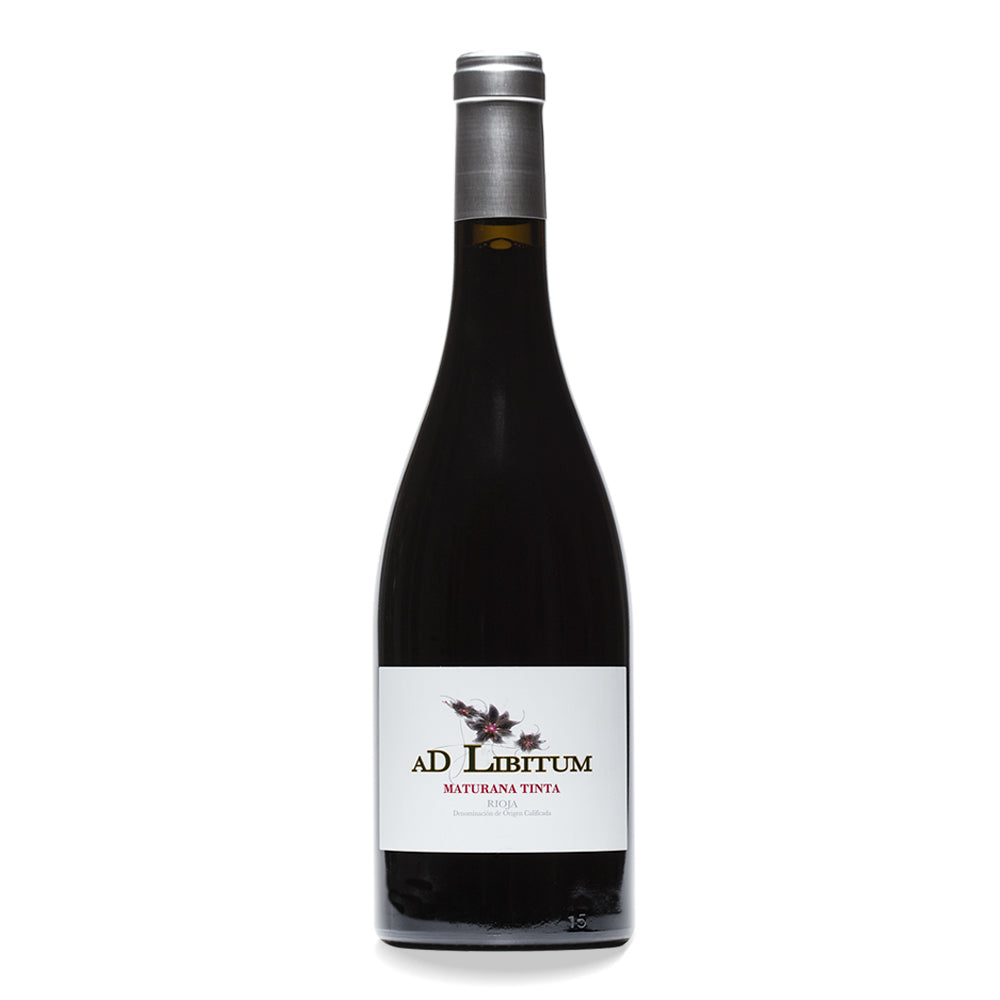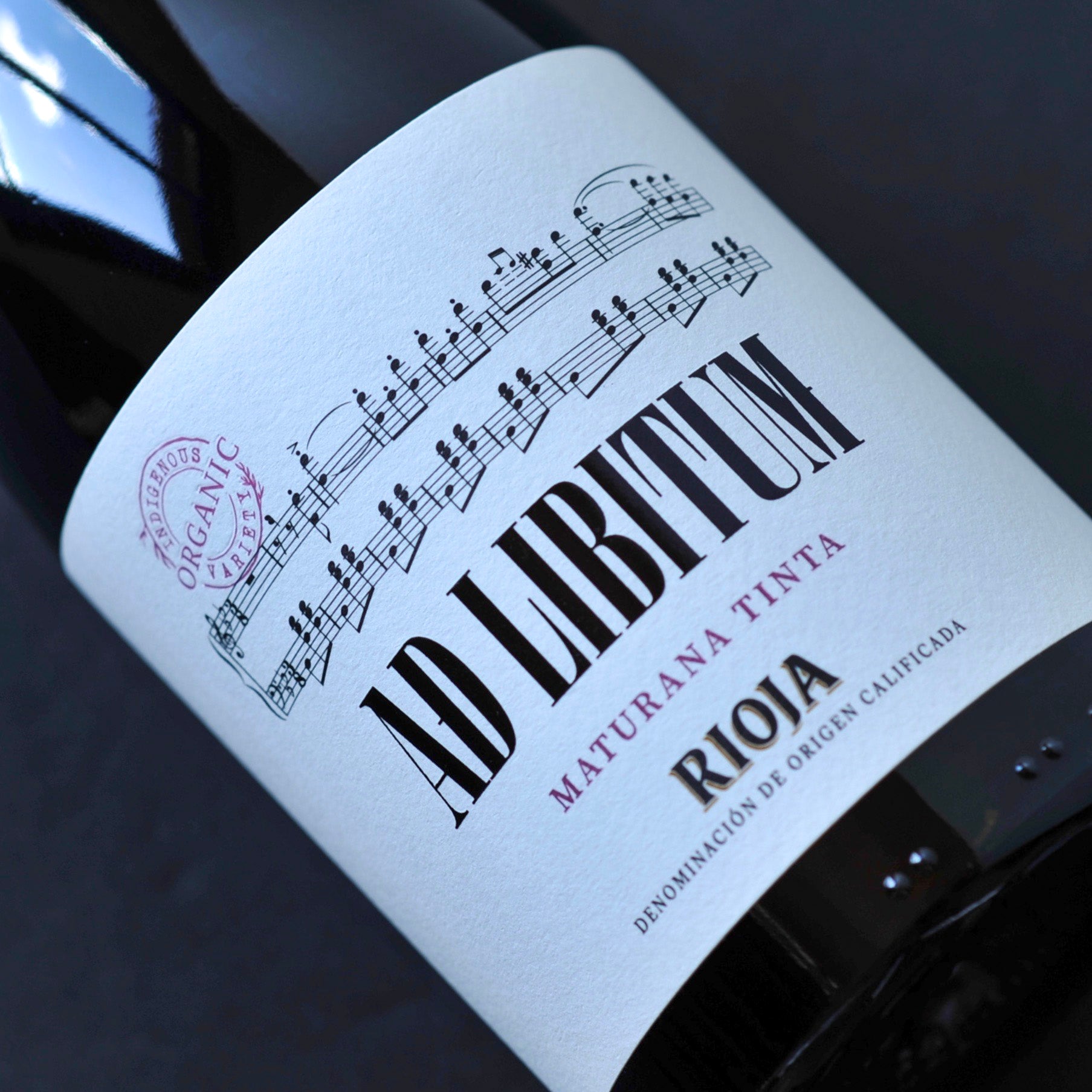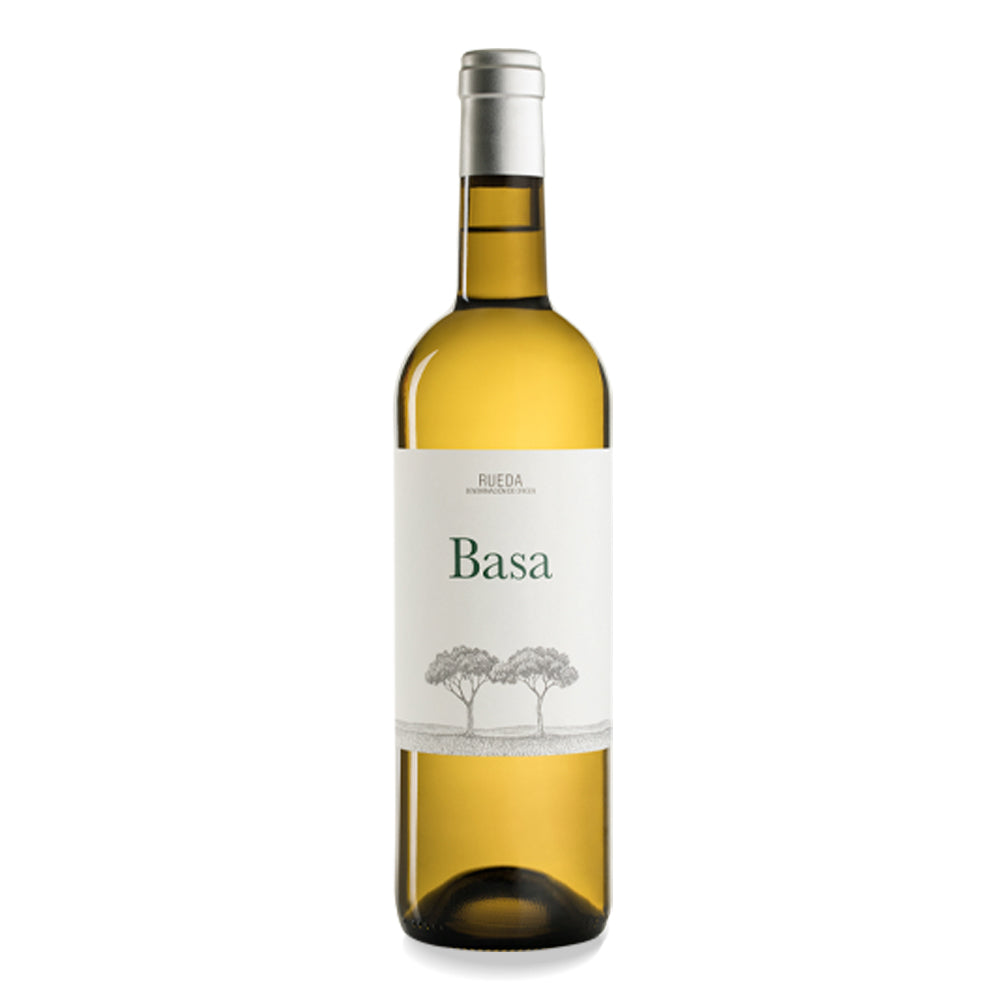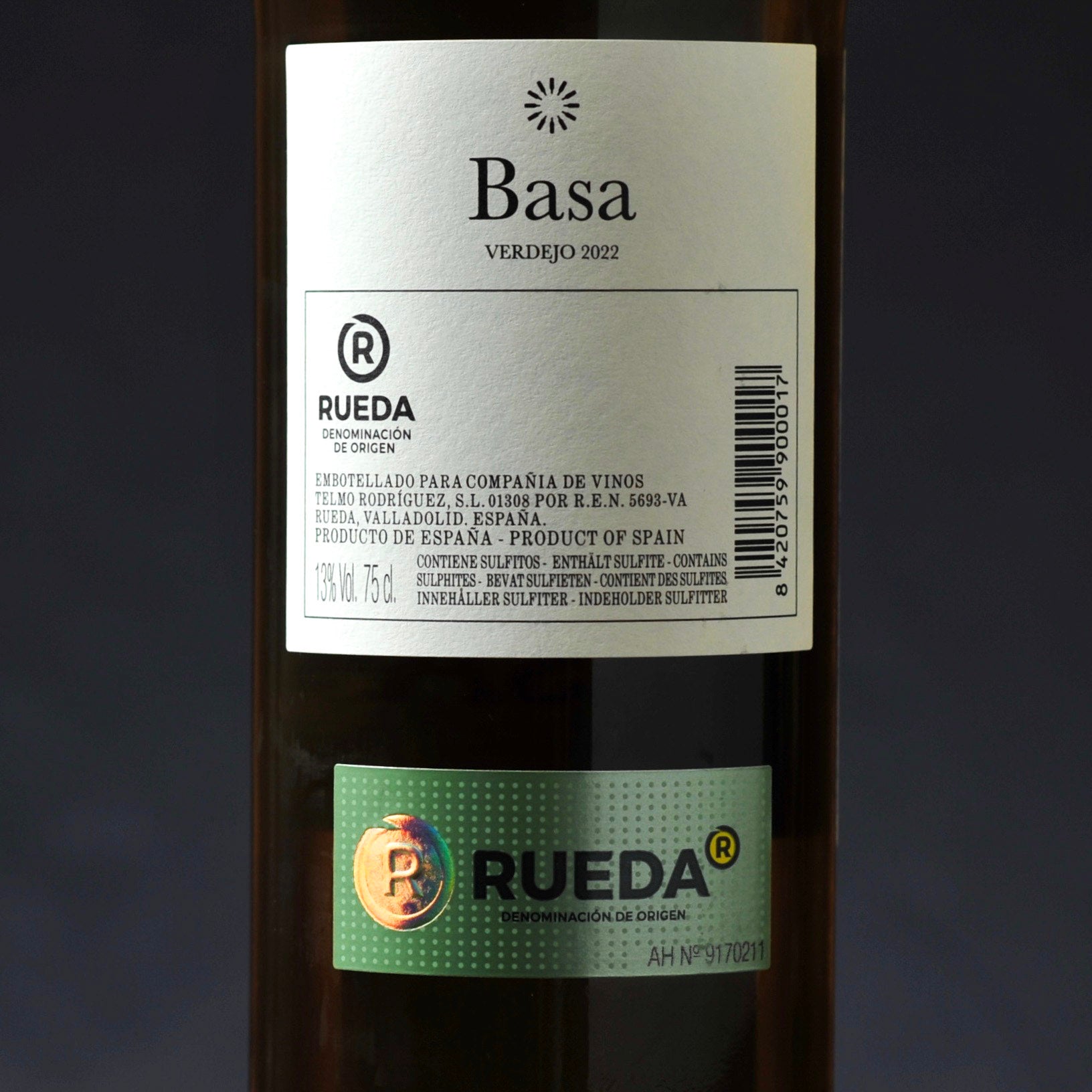Where is Garnacha Blanca from?
Like lots of grapes there’s a bit of debate about where Garnacha Blanca (White Garnacha) comes from genetically speaking, though the consensus seems to be that is it some sort of mutation of the red Garnacha grape.
Like its red equivalent, Garnacha Blanca very much takes on the character of the terroir where it’s cultivated and that really means the Mediterranean and particularly Terra Alta. Terra Alta is a DO in southern Catalunya, just a bit further inland from Priorat and Montsant, and it’s home to around 1,400 hectares of white Garnacha vines – that 75% of Spain´s total and a staggering one-third of all the white Garnacha planted in the world!
Terra Alta’s plains, plateaus, and valleys and panal – the local name for the limestone rich, sandy soil of decomposed fossils – are the perfect environment for the Garnacha Blanca grape, and it can clearly be considered the grape's homeland.
A short history of Garnacha Blanca
Now as we’ve learnt, grape varieties have their own little history and Garnacha Blanca is no exception. It was traditionally used a lot in blends basically because potential alcohol was quite high, and its high yields meant it didn’t stamp a strong flavour profile on the other grapes it was blended with.
But it’s thanks to the vision and persistence of a few producers in Terra Alta that Garnacha Blanca’s profile is where it is today, and it’s because of them that you can now find single varietal wines made just from Garnacha Blanca. To some extent Terra Alta’s producers were following the example set just down the road in Priorat which had started to see its own potential back in the 80s.
Inspired by Priorat’s producers, the Terra Alta growers realised that by farming their vines carefully and controlling yields, they could use their own DO’s altitude and Mediterranean climate to their advantage. They could make Garnacha Blanca wines in a variety of styles, from fresh white wines made with early harvested grapes, fuller wines made with riper fruit, wines aged in wooden barrels or clay amphorae. They could even make orange wines which is done by leaving the must in contact with the grape skins during fermentation.
What does Garnacha Blanca taste like?
In terms of flavours, Garnacha Blanca wines tend to give full-bodied whites with lots of white fruit & Mediterranean herbs. They can have an appealing minerality and, over time, take on stone fruit & petrol notes. And if it’s been oak-aged you’ll often find lovely baked apple and bready flavours.
In summary
We think there’s something special about Garnacha Blanca. Whereas Verdejo or Albarino produce lovely fresh, citrusy white wines, Garnacha Blanca offers a real contrast. It’s a wine with the Mediterranean in its DNA. Imagine yourself walking along a coastal path on a spring day with the smell of scrubland herbs and flowers mixing with the fresh sea air. Well, if you could bottle that it would probably be a Garnacha Blanca.

